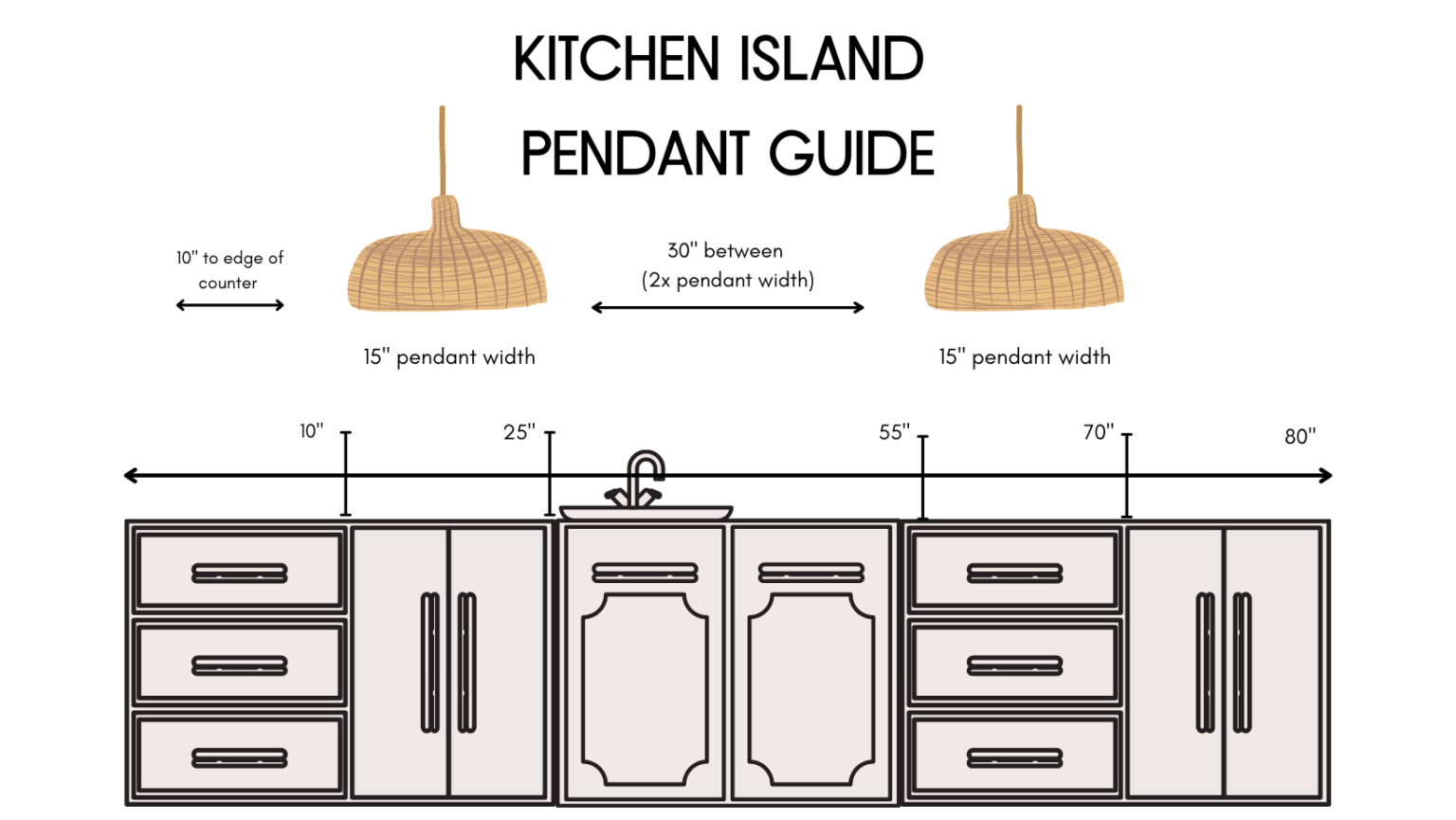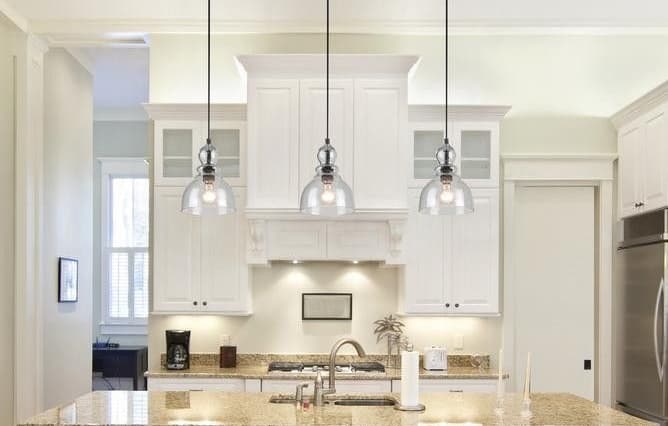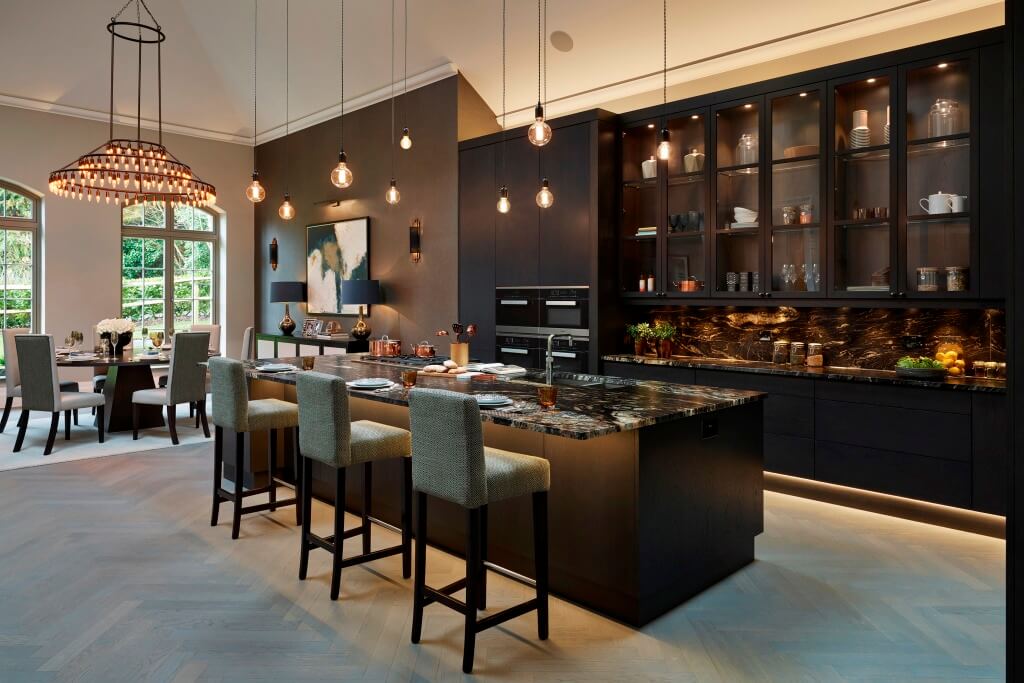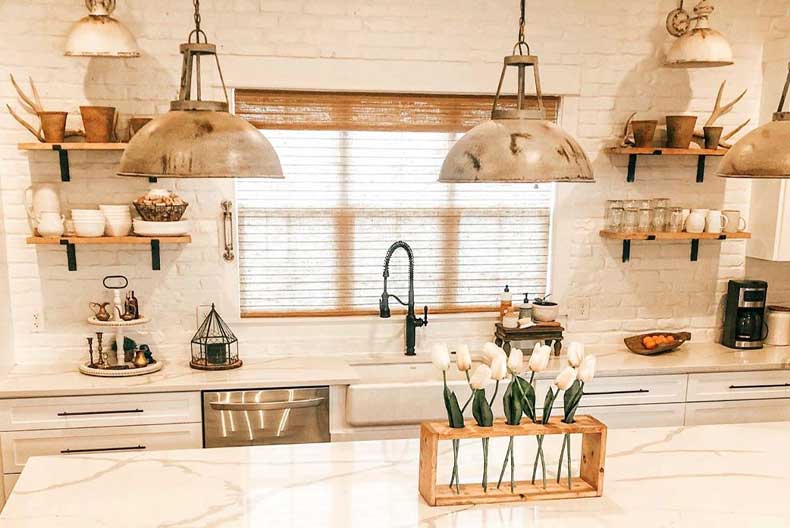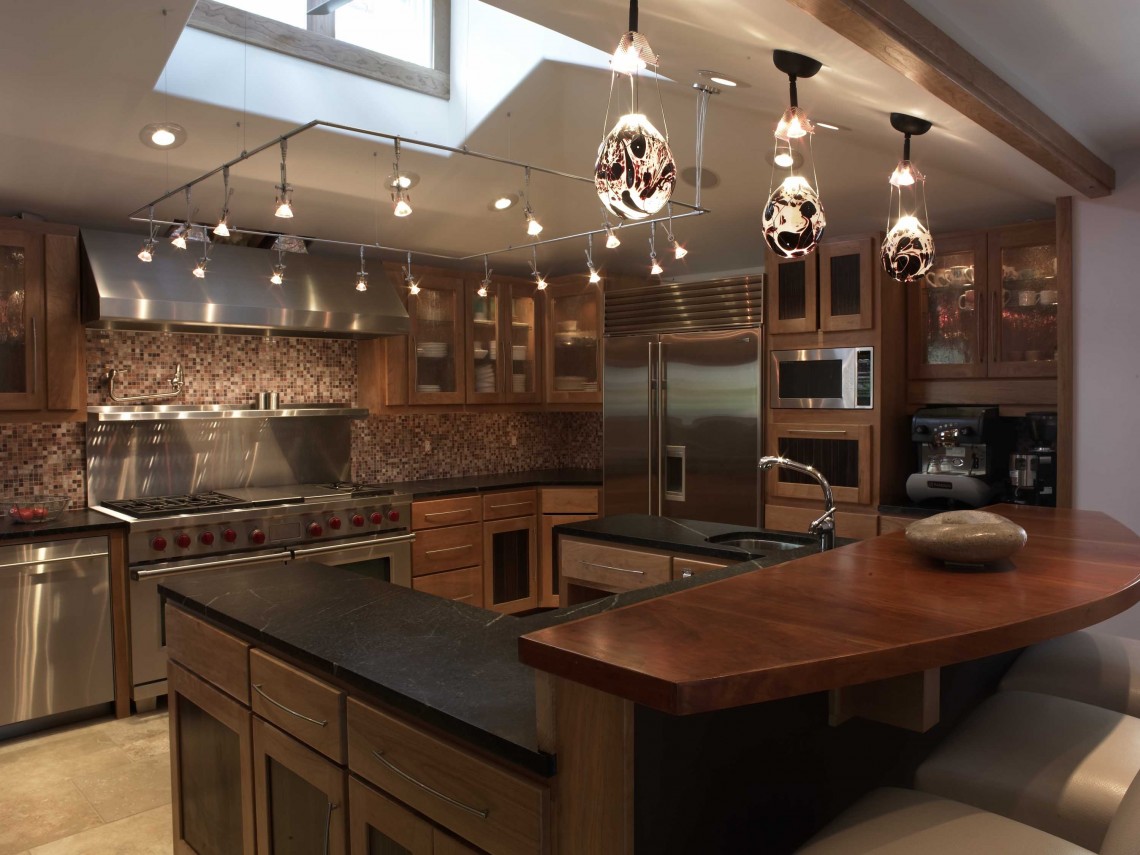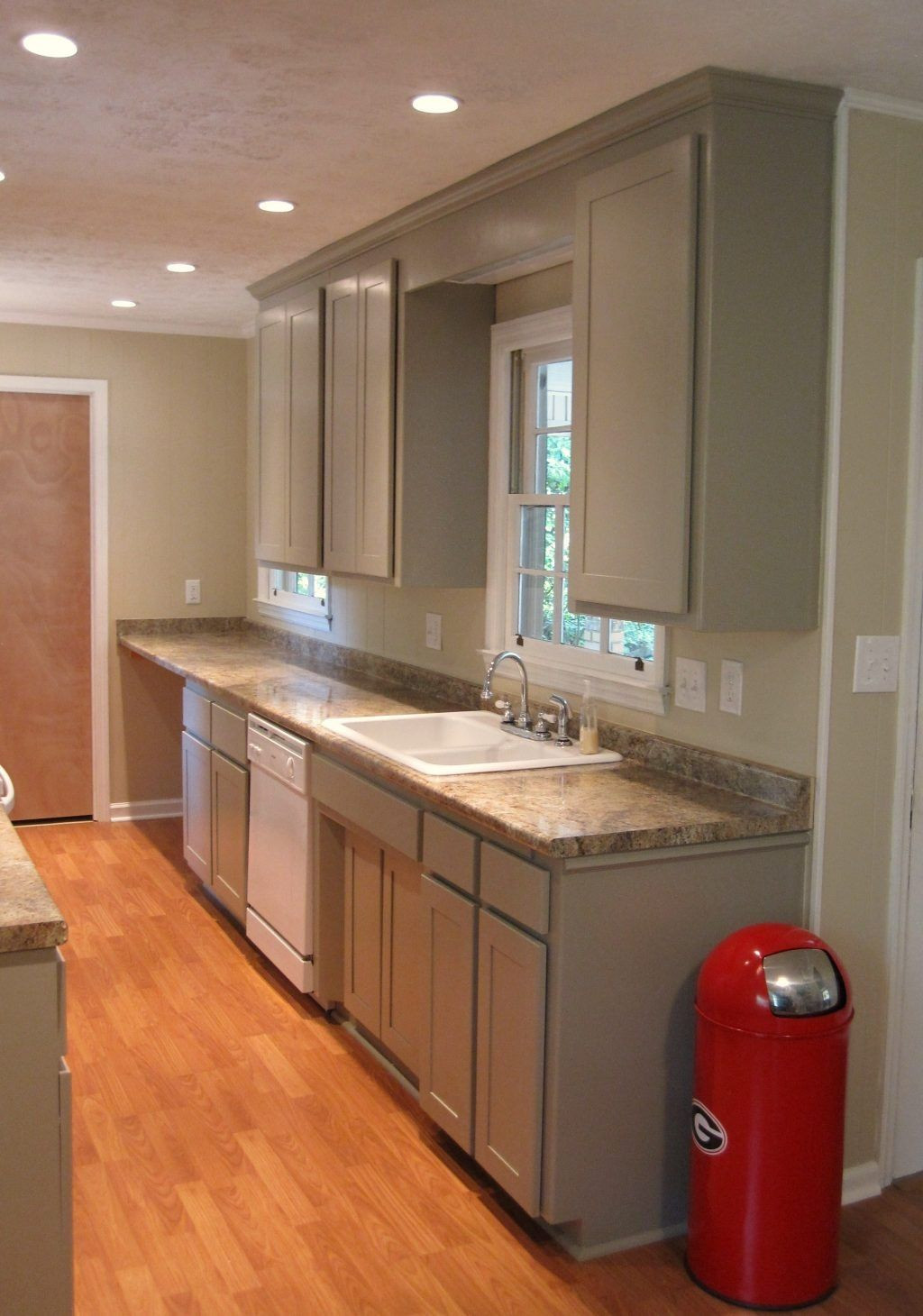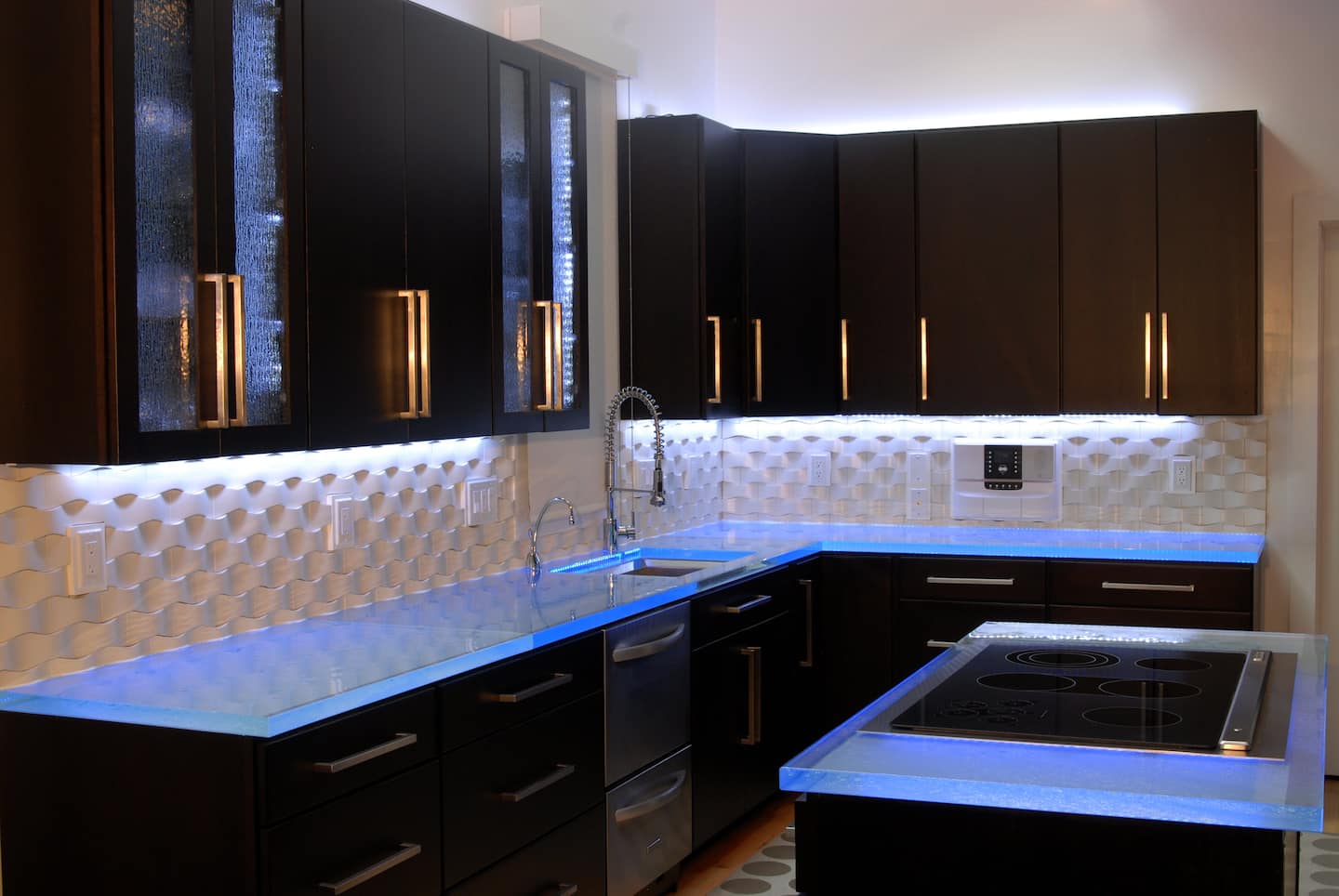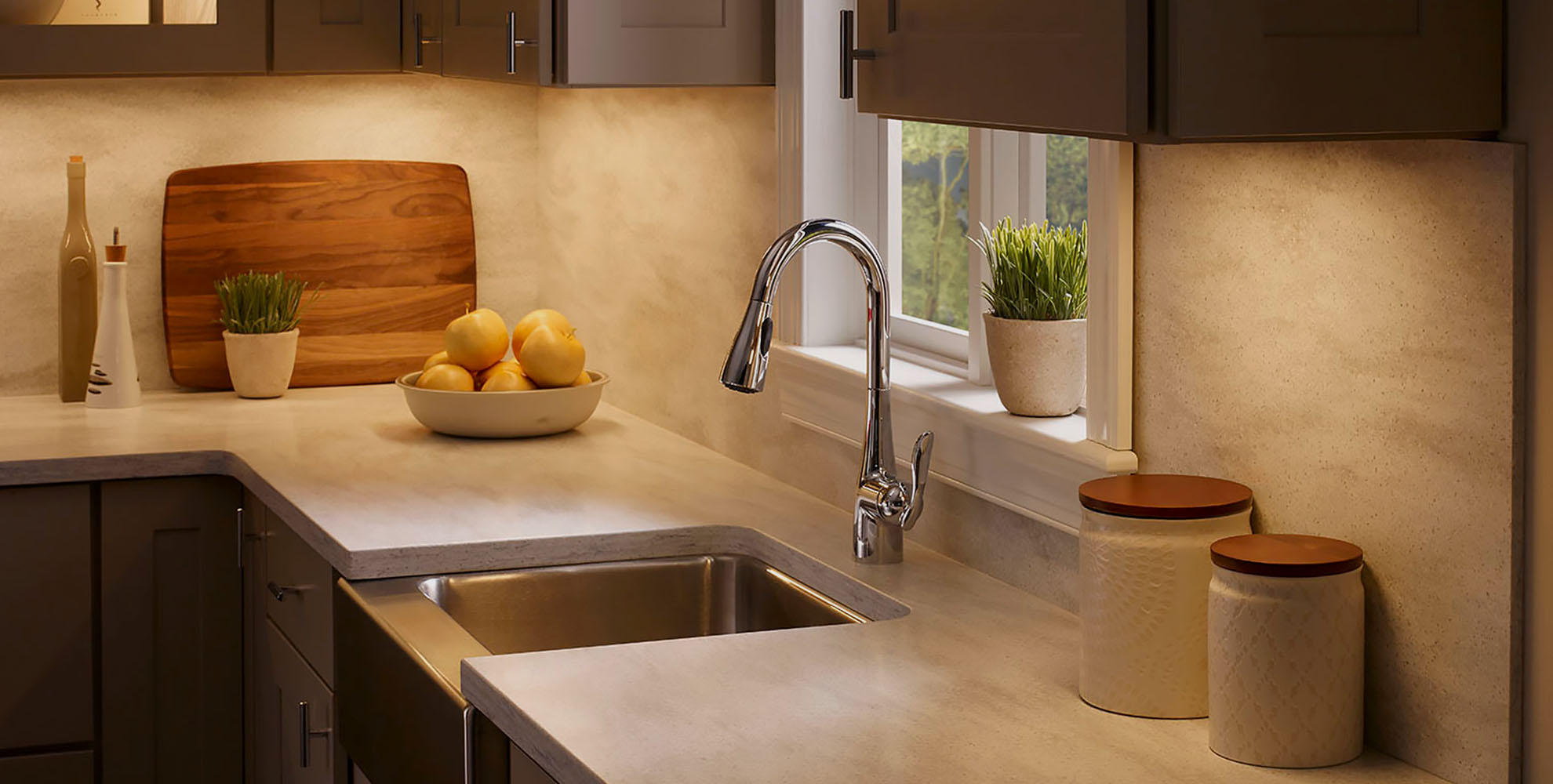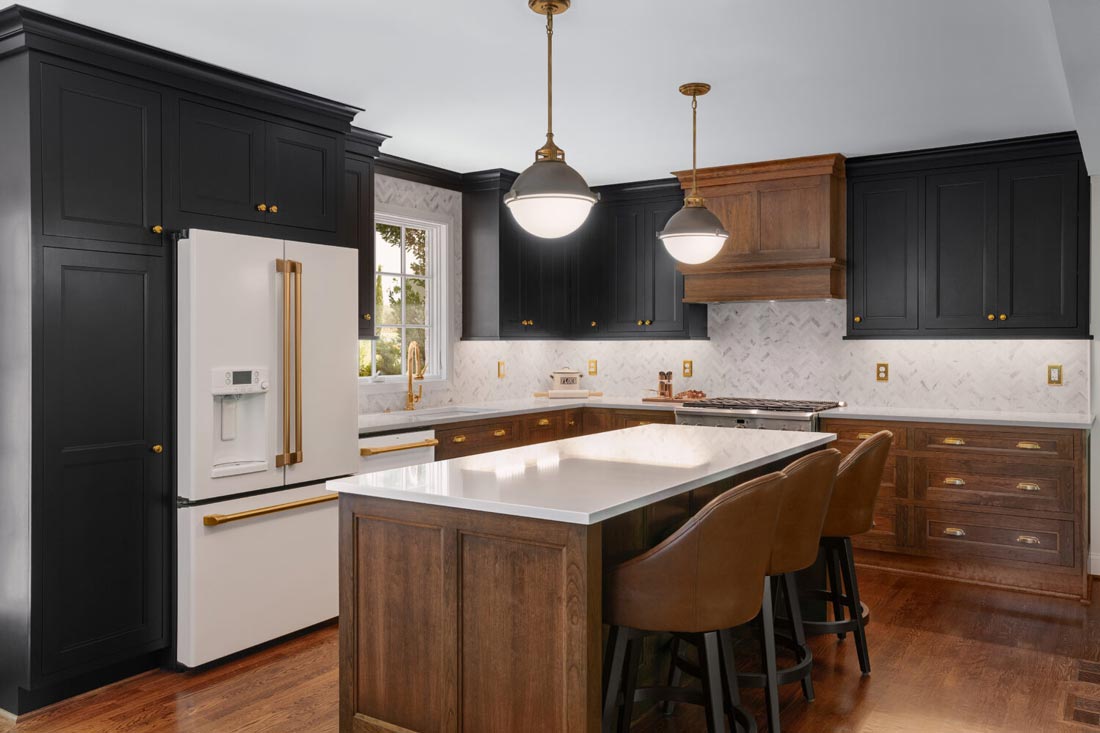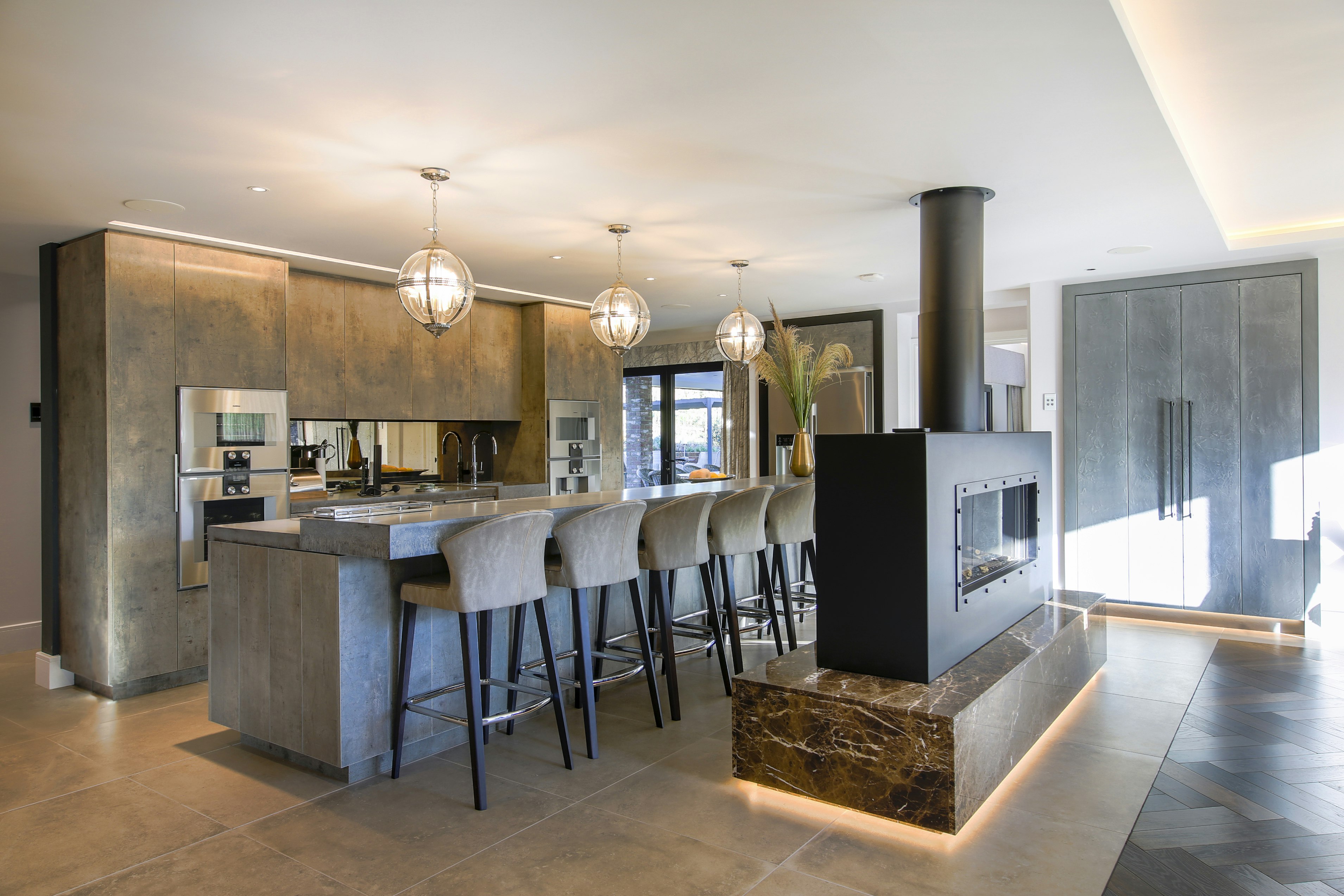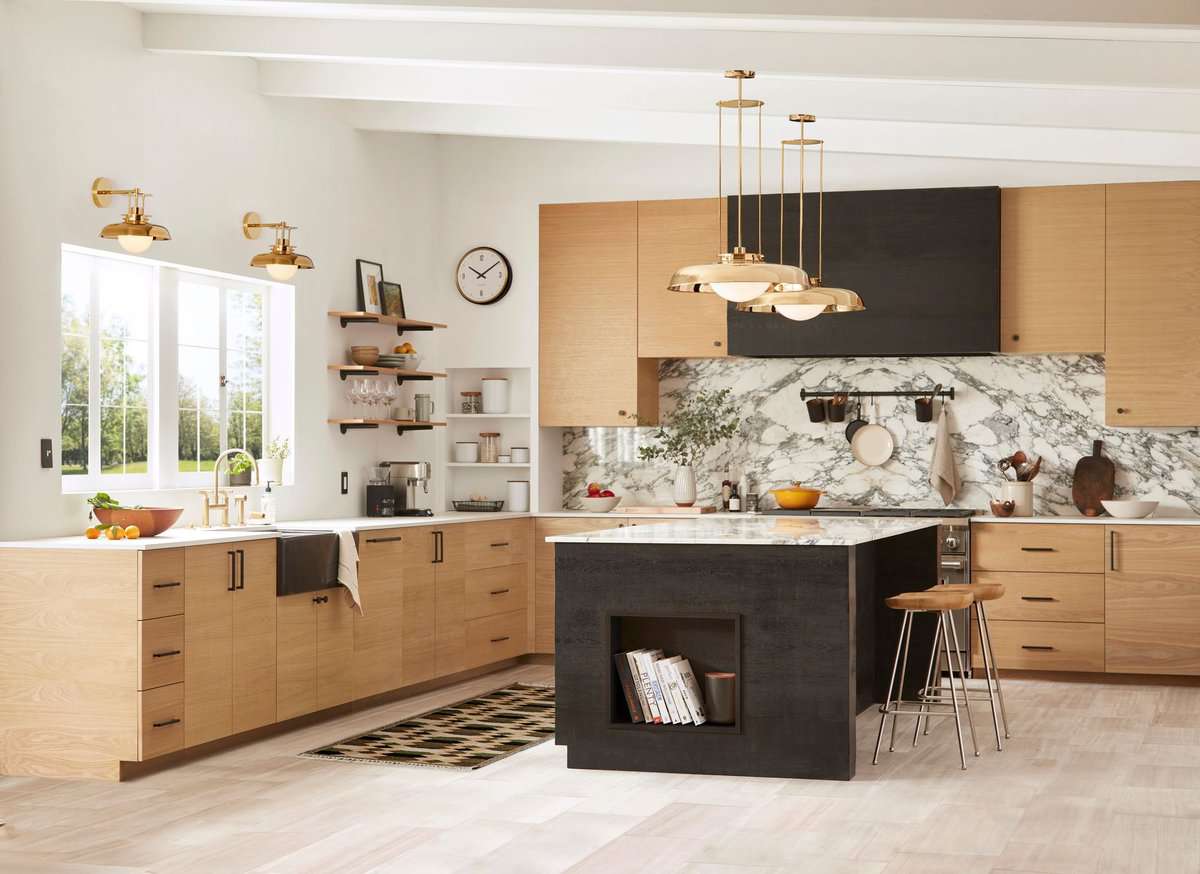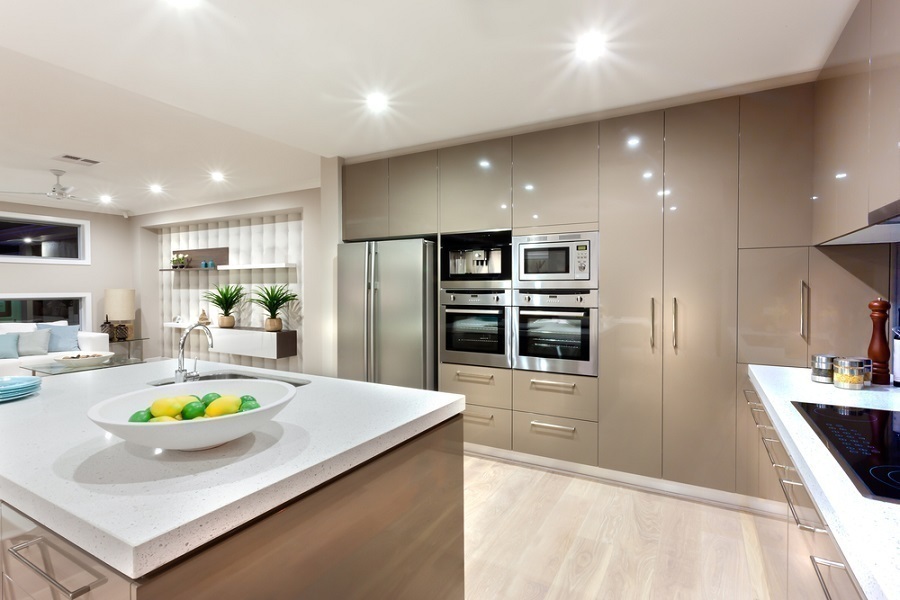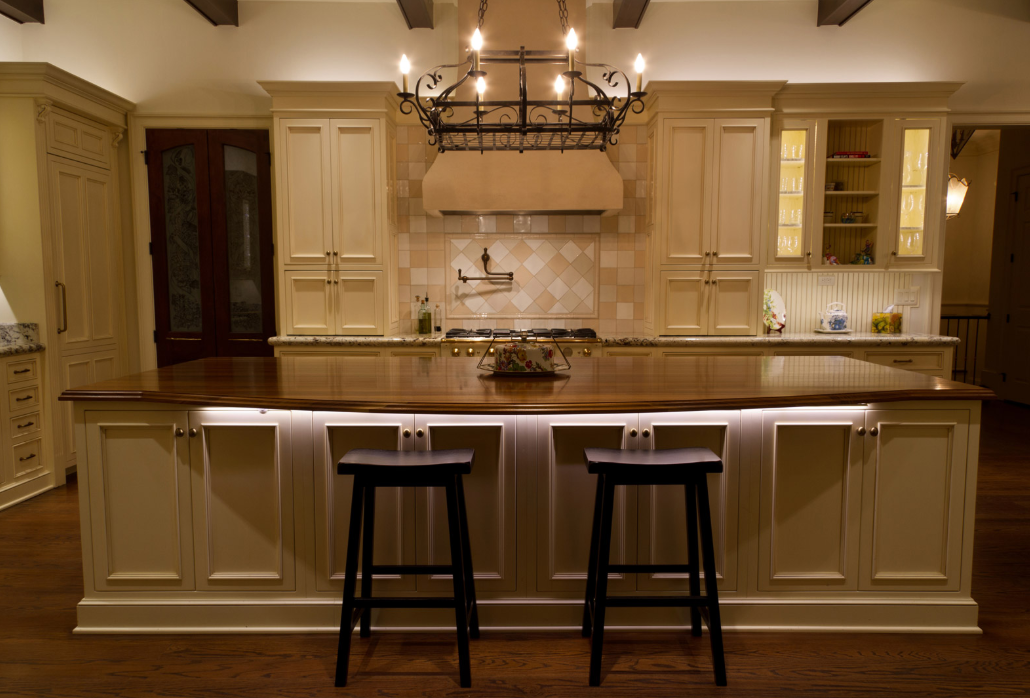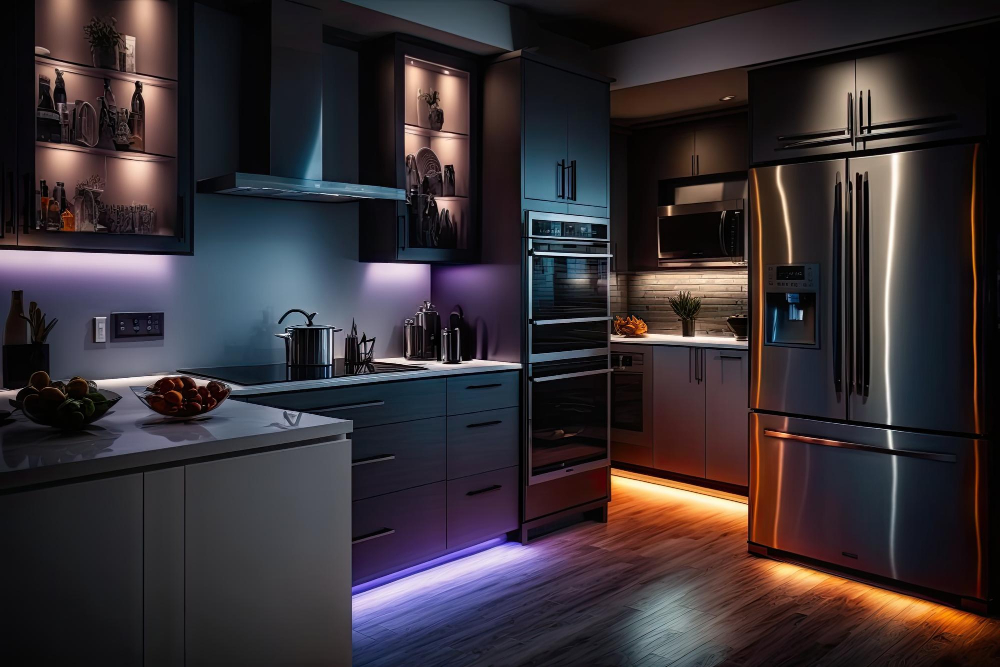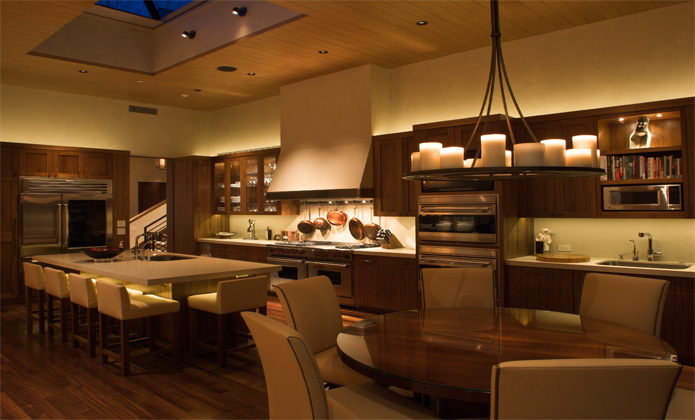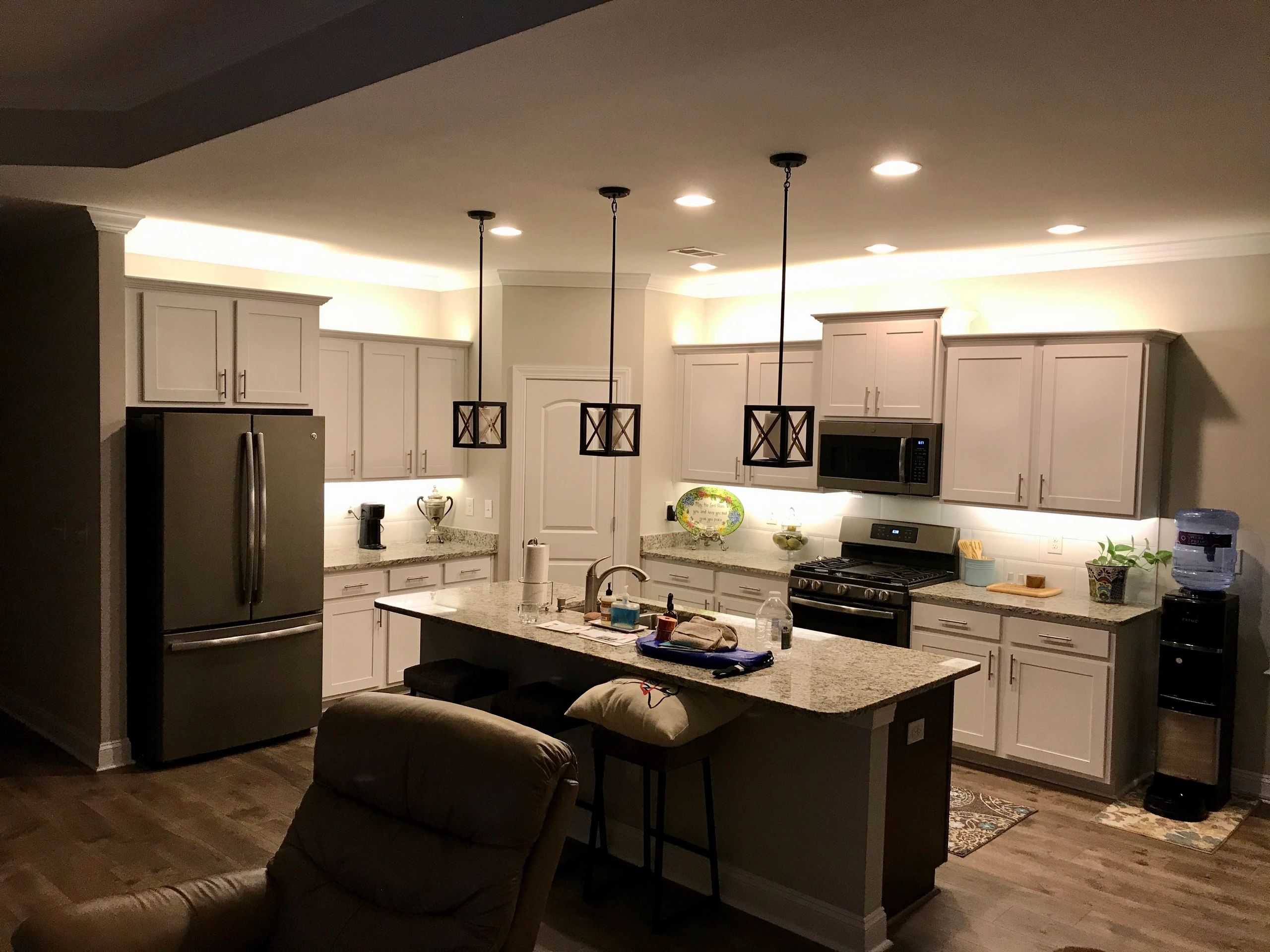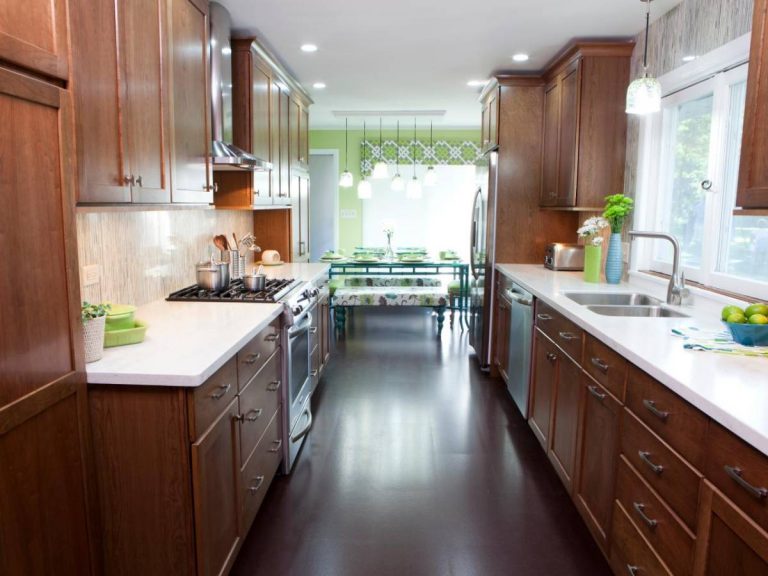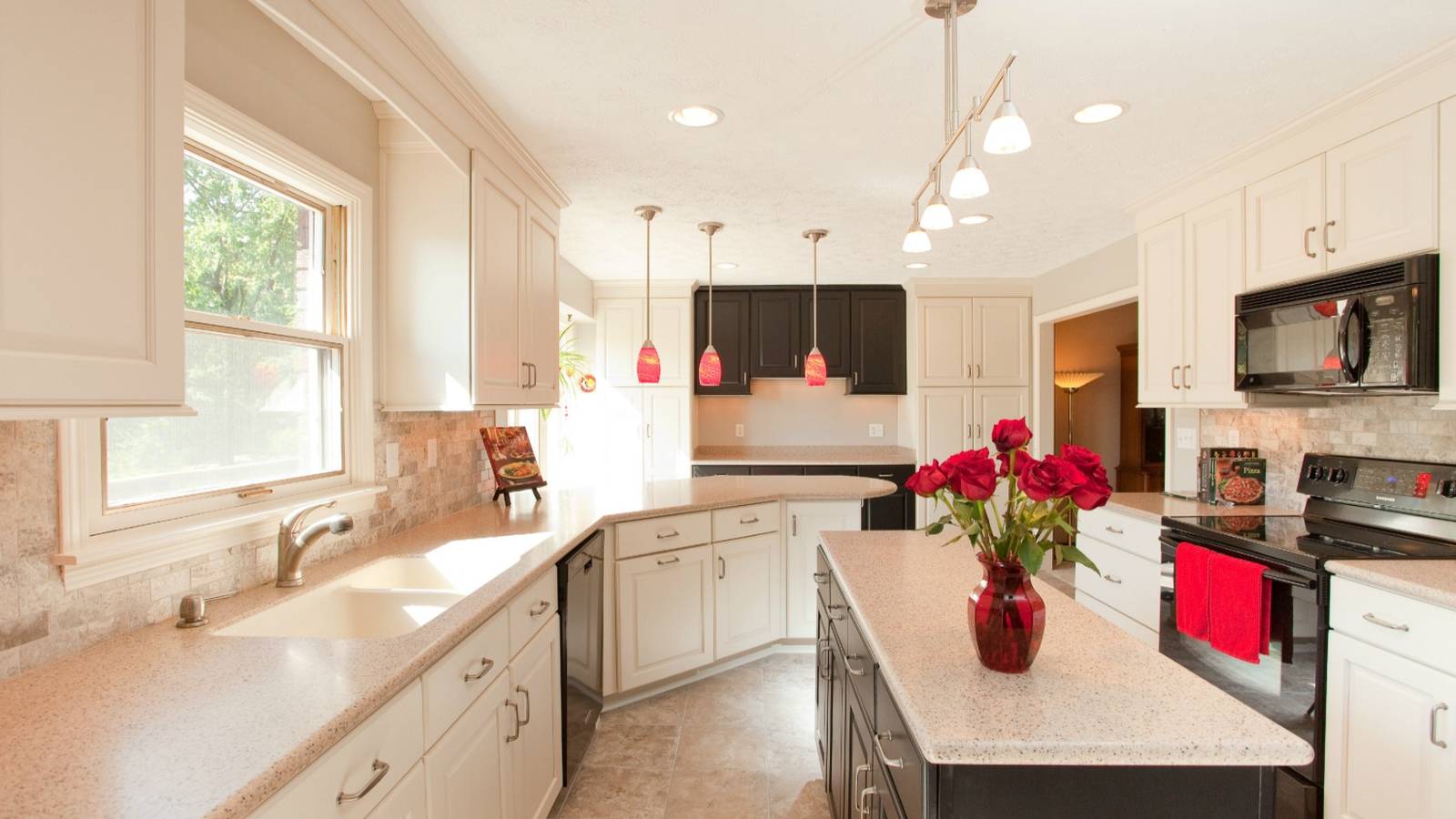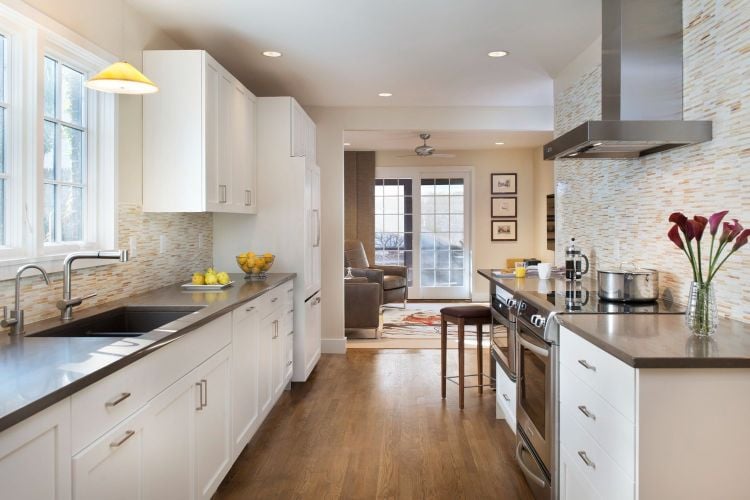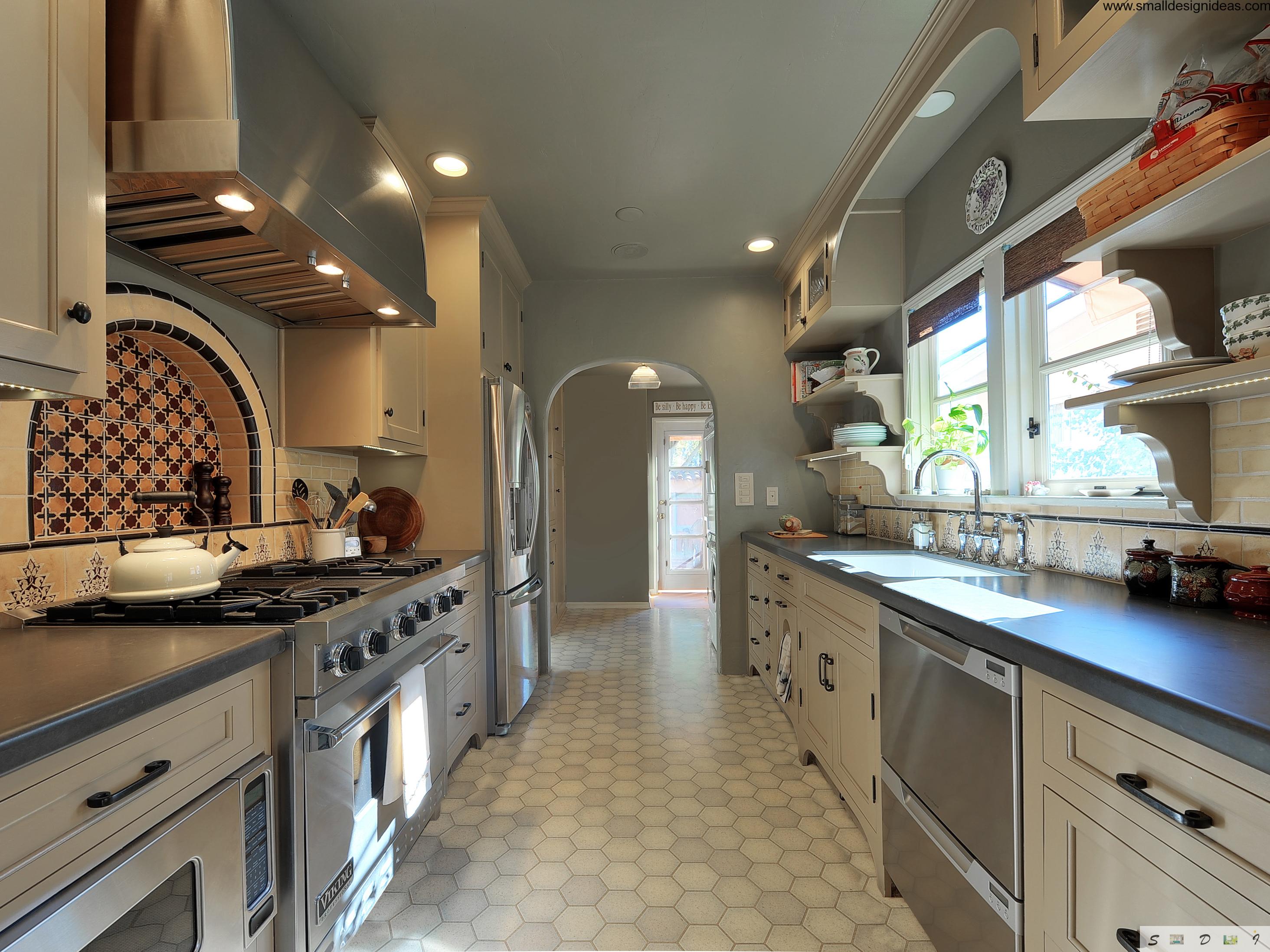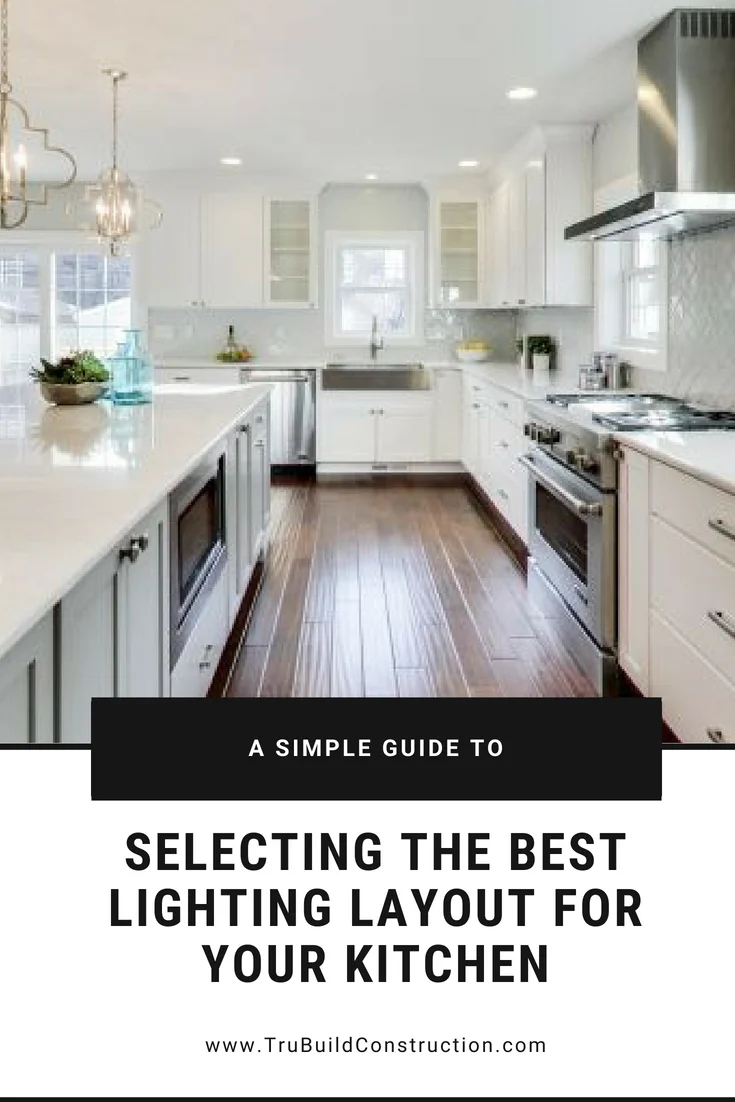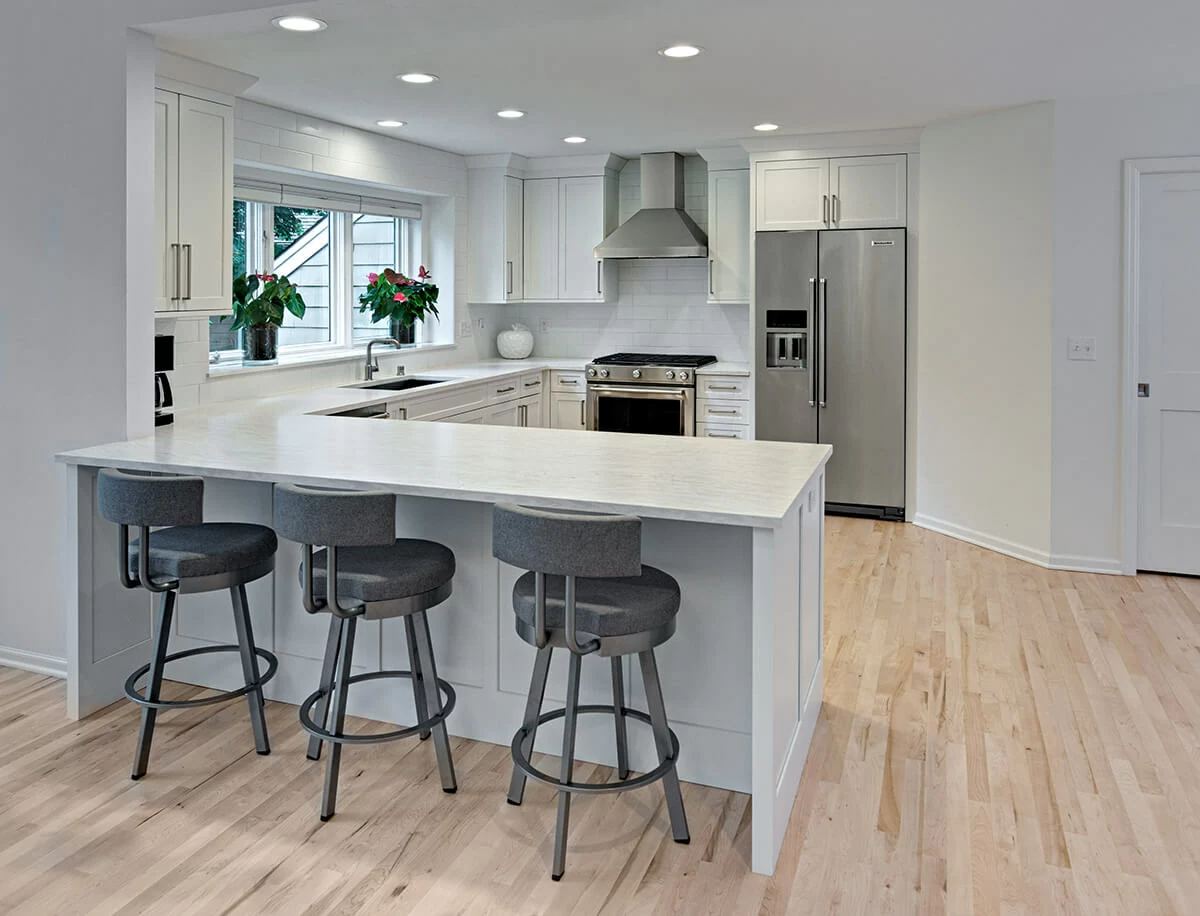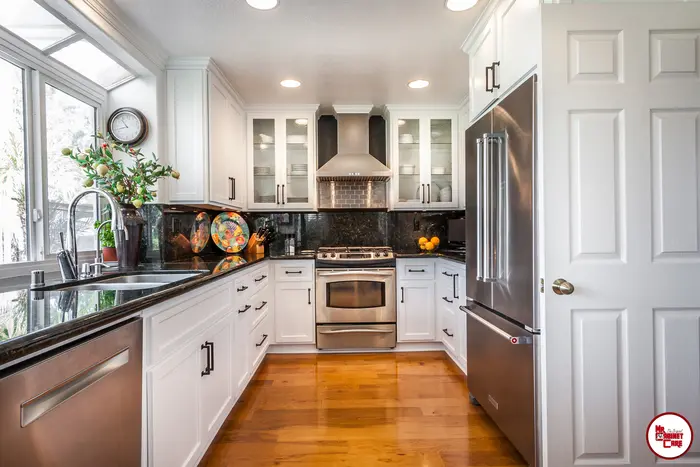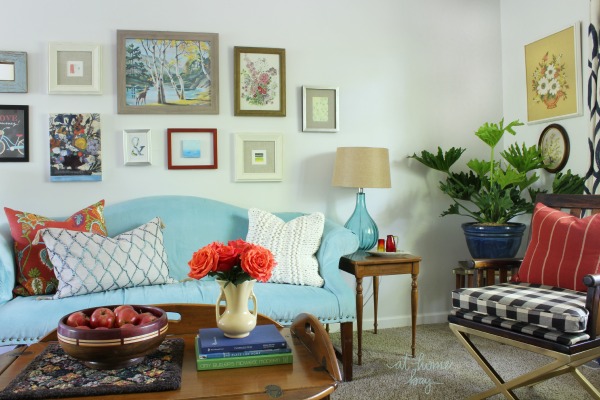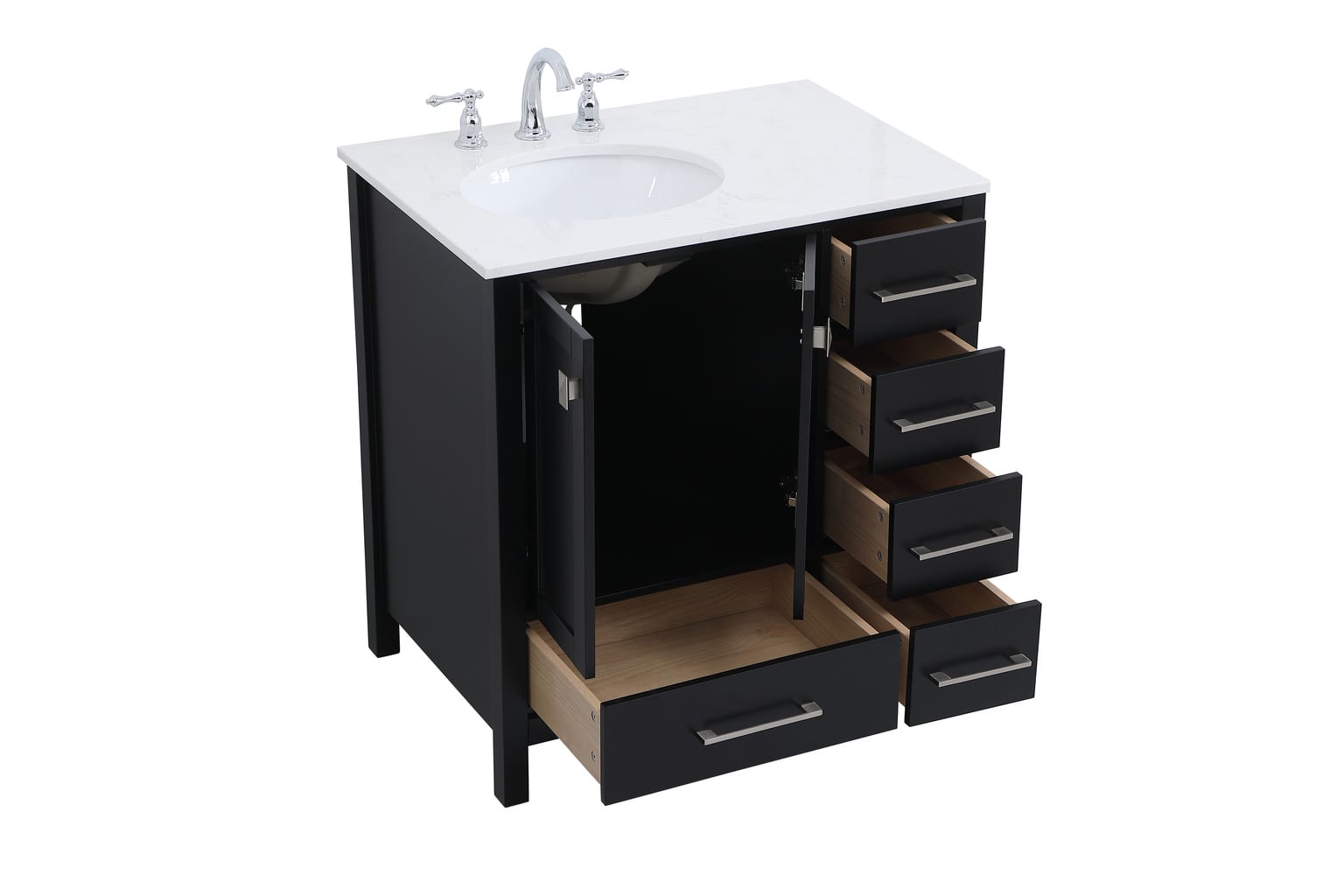When it comes to creating a well-lit and functional kitchen, proper lighting layout is key. One popular option for kitchen lighting is recessed lighting, also known as can lights or downlights. These fixtures are installed directly into the ceiling, providing a clean and modern look. The strategic placement of recessed lights can help to evenly distribute light throughout the kitchen, illuminating work areas and creating a warm and inviting atmosphere. For the best results, recessed lighting should be placed every 4-6 feet in the kitchen ceiling. This will ensure that there are no dark spots or shadows in the room. You can also use different sizes of recessed lights to add depth and visual interest to the space. For example, larger lights can be used above the kitchen island or sink, while smaller lights can be used in the rest of the kitchen.1. Recessed Lighting Layout for Kitchen
If you want to add a touch of style and personality to your kitchen, consider incorporating pendant lighting into your layout. These hanging lights are available in a variety of styles, from industrial to modern to farmhouse, making them a versatile option for any kitchen design. They can also be used to highlight specific areas of the kitchen, such as above the dining table or kitchen island. When determining the placement of pendant lights, consider the size and shape of your kitchen. In a small kitchen, one or two pendants may be enough to provide adequate lighting. In a larger kitchen, you may want to use multiple pendants in a row to create a focal point. Just be sure to leave enough space between each pendant so they don't feel overcrowded.2. Pendant Lighting Layout for Kitchen
In addition to overhead lighting, it's important to have task lighting in your kitchen to illuminate work areas and make cooking and meal prep easier. Under cabinet lighting is a great option for this purpose, as it provides direct light onto countertops and work surfaces. This type of lighting is also perfect for creating a warm and cozy ambiance in the kitchen. The best placement for under cabinet lighting is along the front edge of the cabinet, facing towards the backsplash. This will ensure that the light is directed onto the countertop and not into your eyes. You can also use LED strip lights for a more subtle and modern look. Just be sure to choose a warm white color temperature to avoid a harsh and clinical feel.3. Under Cabinet Lighting Layout for Kitchen
For a more flexible lighting option, consider using track lighting in your kitchen. This type of lighting features multiple adjustable fixtures that can be moved to different positions, allowing you to customize the lighting according to your needs. This is especially useful in kitchens with multiple work areas or changing layouts. When it comes to track lighting layout, the key is to position the track parallel to the longest wall in the kitchen. This will provide the most even distribution of light. You can then adjust the fixtures to highlight different areas, such as the stove, sink, or dining area. Just be sure to choose fixtures with a warm color temperature to create a cozy and inviting atmosphere.4. Track Lighting Layout for Kitchen
A kitchen island is not only a functional feature, but it can also serve as a focal point in the room. To make the most of this space, it's important to have proper lighting above the island. This will not only provide task lighting for cooking and prep, but also add visual interest to the kitchen. The most common option for island lighting is pendant lights, hung in a row or cluster depending on the size and shape of the island. Another option is to use a linear chandelier or track lighting. Just be sure to choose fixtures that are proportional to the island and leave enough space between the lights to avoid a cluttered look.5. Island Lighting Layout for Kitchen
Task lighting is essential in any kitchen, as it provides direct light onto work areas, making cooking and meal prep easier and safer. This type of lighting is typically placed above the stove, sink, and countertops, but can also be used inside cabinets and drawers to help you find what you need. When planning your task lighting layout, think about the areas of your kitchen where you spend the most time working. For example, if you do a lot of cooking on the stove, you may want to install a light above it. If you have a large island where you do most of your prep work, consider using multiple lights to evenly illuminate the surface.6. Task Lighting Layout for Kitchen
Ambient or general lighting is the base layer of lighting in any room, including the kitchen. This type of lighting creates an overall brightness and sets the mood for the space. It can be achieved through a combination of natural light, overhead lighting, and wall sconces or floor lamps. For the best ambient lighting layout, determine the natural light sources in your kitchen and use them to your advantage. If you have large windows, avoid covering them with heavy curtains or blinds. You can also use dimmer switches for overhead lights to adjust the level of brightness according to your needs.7. Ambient Lighting Layout for Kitchen
If you have beautiful or unique features in your kitchen, such as a statement backsplash or open shelving, consider using accent lighting to highlight them. This type of lighting adds a touch of drama and can make your kitchen feel more high-end and luxurious. The best placement for accent lighting is directly above or below the feature you want to highlight. For example, you can install small recessed lights above open shelving or use strip lighting to illuminate a backsplash. Just be careful not to overdo it, as too much accent lighting can be overwhelming and take away from the overall design of your kitchen.8. Accent Lighting Layout for Kitchen
A galley kitchen is typically long and narrow, making it a bit trickier to light compared to other kitchen layouts. The key is to create a balanced and even distribution of light throughout the space. This can be achieved by using a combination of recessed lights, track lighting, and under cabinet lighting. For a galley kitchen, it's important to avoid using too many pendant lights as they can make the space feel cluttered. Instead, opt for a linear chandelier or track lighting to provide overall lighting, and use recessed lights to highlight specific areas, such as the sink and stove.9. Galley Kitchen Lighting Layout
An L-shaped kitchen is a popular layout as it provides plenty of counter and storage space. However, the two arms of the L can create shadows and dark areas if not properly lit. To avoid this, use a combination of overhead and under cabinet lighting to evenly distribute light throughout the kitchen. You can also use pendant lights above the longer arm of the L to create a focal point and add additional lighting. Just be sure to consider the placement of cabinets and appliances when determining the placement of your lights to avoid any obstructions.10. L-Shaped Kitchen Lighting Layout
The Importance of a Well-Planned Kitchen Lighting Layout

A well-designed kitchen lighting layout can not only enhance the overall aesthetic of your kitchen, but also improve its functionality and efficiency. With the right lighting, your kitchen can become a welcoming and functional space where you can cook, entertain, and even work. Here are some key factors to consider when creating the best kitchen lighting layout for your home.
Natural Light Sources
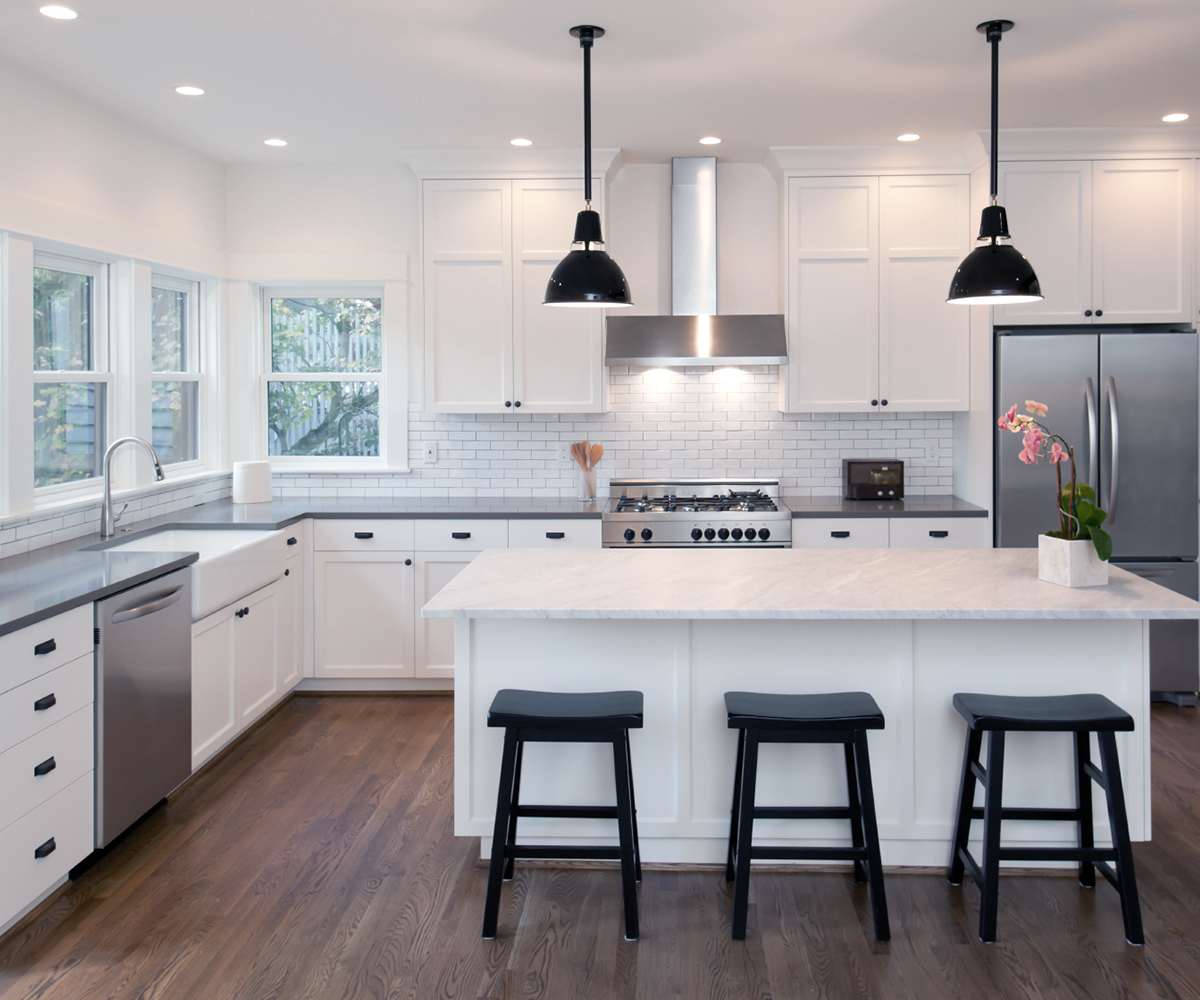
One of the most important elements of any kitchen lighting layout is natural light. Natural light is not only energy-efficient , but also provides a warm and inviting atmosphere. When planning your kitchen design, consider the position of windows and doors to maximize natural light. Large windows and skylights are ideal for bringing in ample natural light, while sliding glass doors can provide a beautiful view and easy access to outdoor spaces.
Task Lighting

Task lighting is crucial in a kitchen, especially in areas where food preparation and cooking take place . Under-cabinet lighting is a popular choice for task lighting as it provides focused light on countertops and workspaces. LED strip lights are energy-efficient and can easily be installed underneath cabinets. Adjustable track lighting is also a great option as it allows you to direct light exactly where you need it.
Ambient Lighting
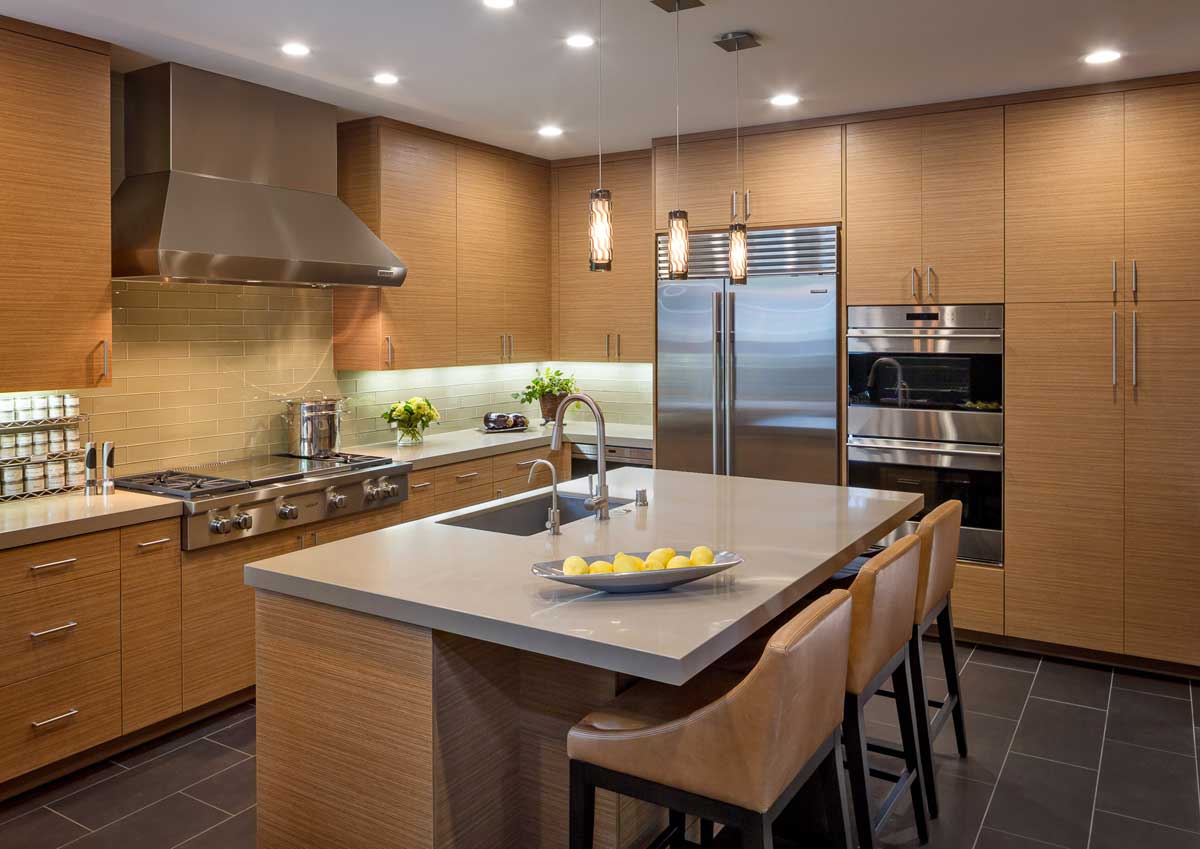
Creating a warm and inviting atmosphere in your kitchen can be achieved through ambient lighting. This type of lighting is used to soften shadows and fill in any dark areas in the room. Chandeliers, pendant lights, and recessed lighting are all great options for ambient lighting in a kitchen. Dimmer switches can also be installed to adjust the amount of light and set the mood.
Accent Lighting

For a touch of elegance and to highlight certain features in your kitchen, consider adding accent lighting. This type of lighting is used to draw attention to specific areas or objects and can add depth and dimension to your kitchen. Under-cabinet lighting, spotlights, and toe-kick lighting are all effective ways to incorporate accent lighting into your kitchen design.
Proper Placement and Layering

When planning your kitchen lighting layout, it is important to properly place and layer different types of lighting to create a balanced and functional space. Combining natural light, task lighting, ambient lighting, and accent lighting can provide a well-lit and visually appealing kitchen. Consider the size and layout of your kitchen when determining the placement and number of light fixtures needed.
A well-planned kitchen lighting layout is essential for creating an inviting and functional space in your home. By incorporating natural light sources, task lighting, ambient lighting, and accent lighting, you can create a well-lit and visually appealing kitchen. Remember to consider the size and layout of your kitchen and properly place and layer different types of lighting for the best results. With the right lighting, your kitchen can become the heart of your home.

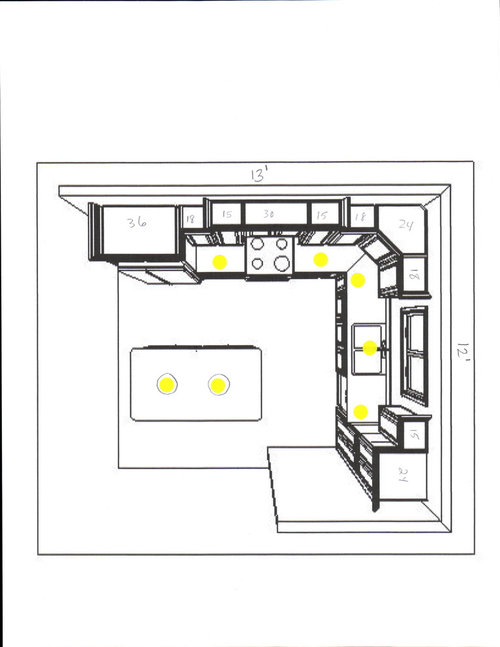
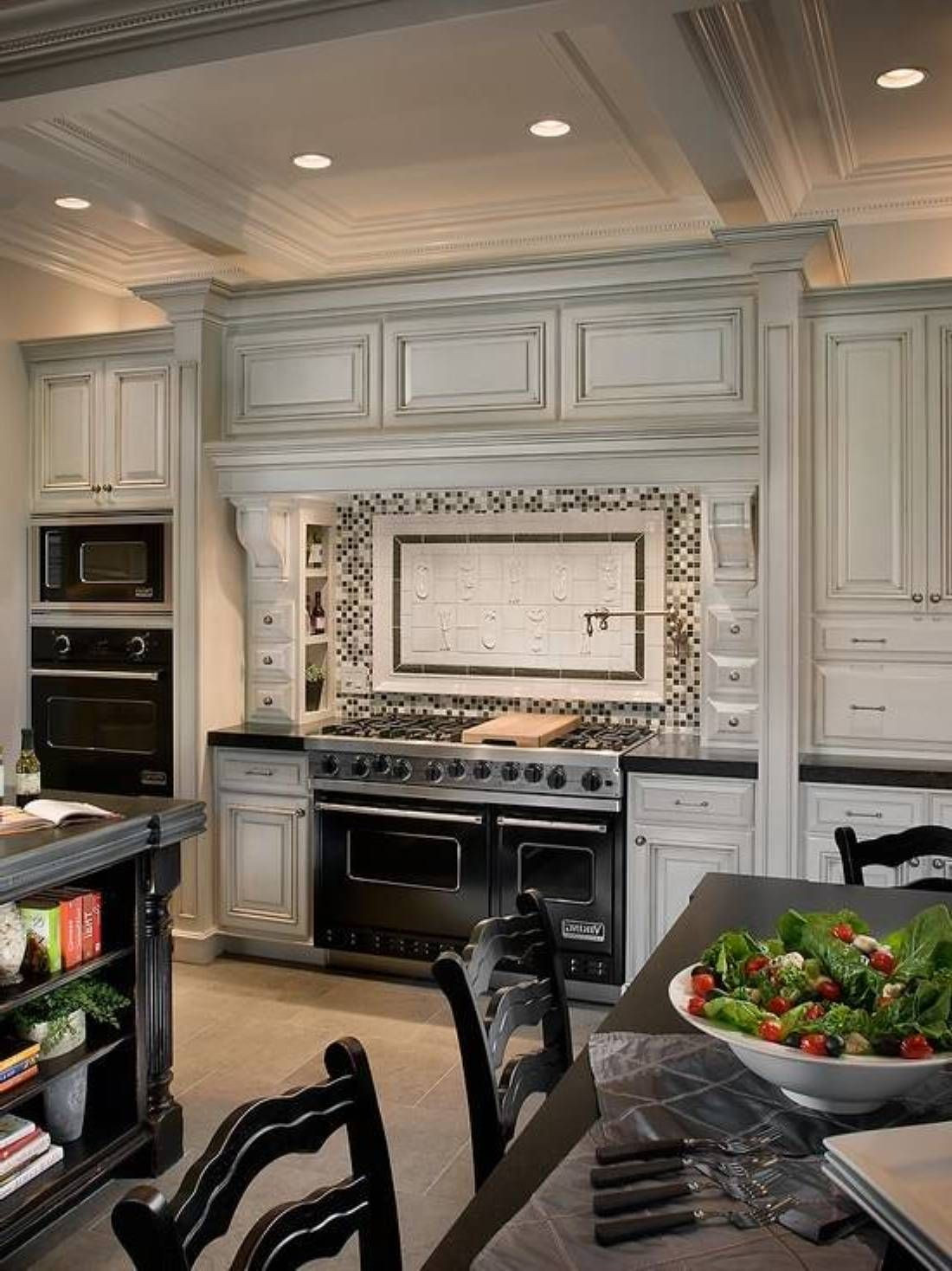
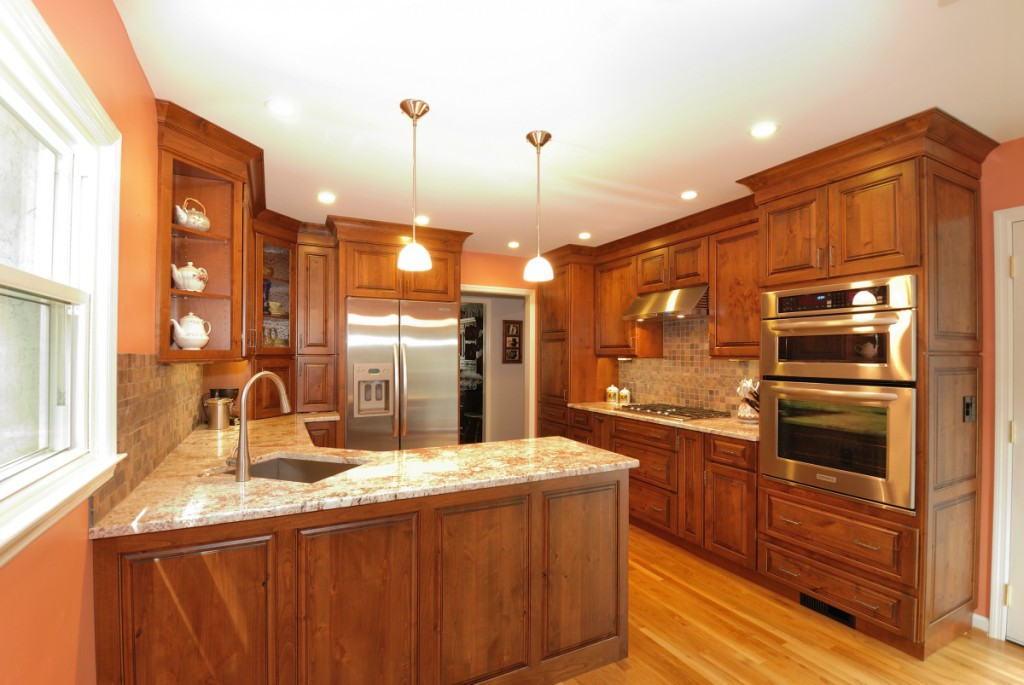









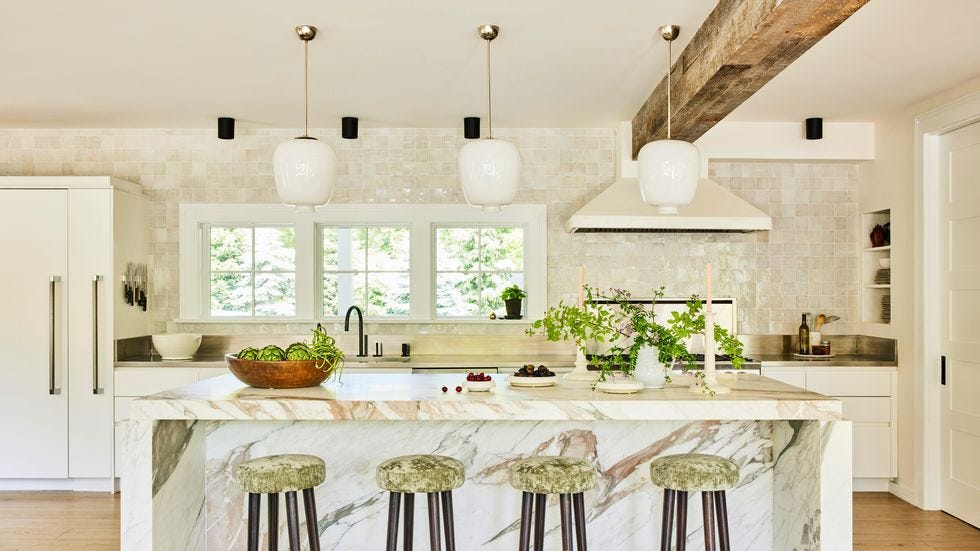
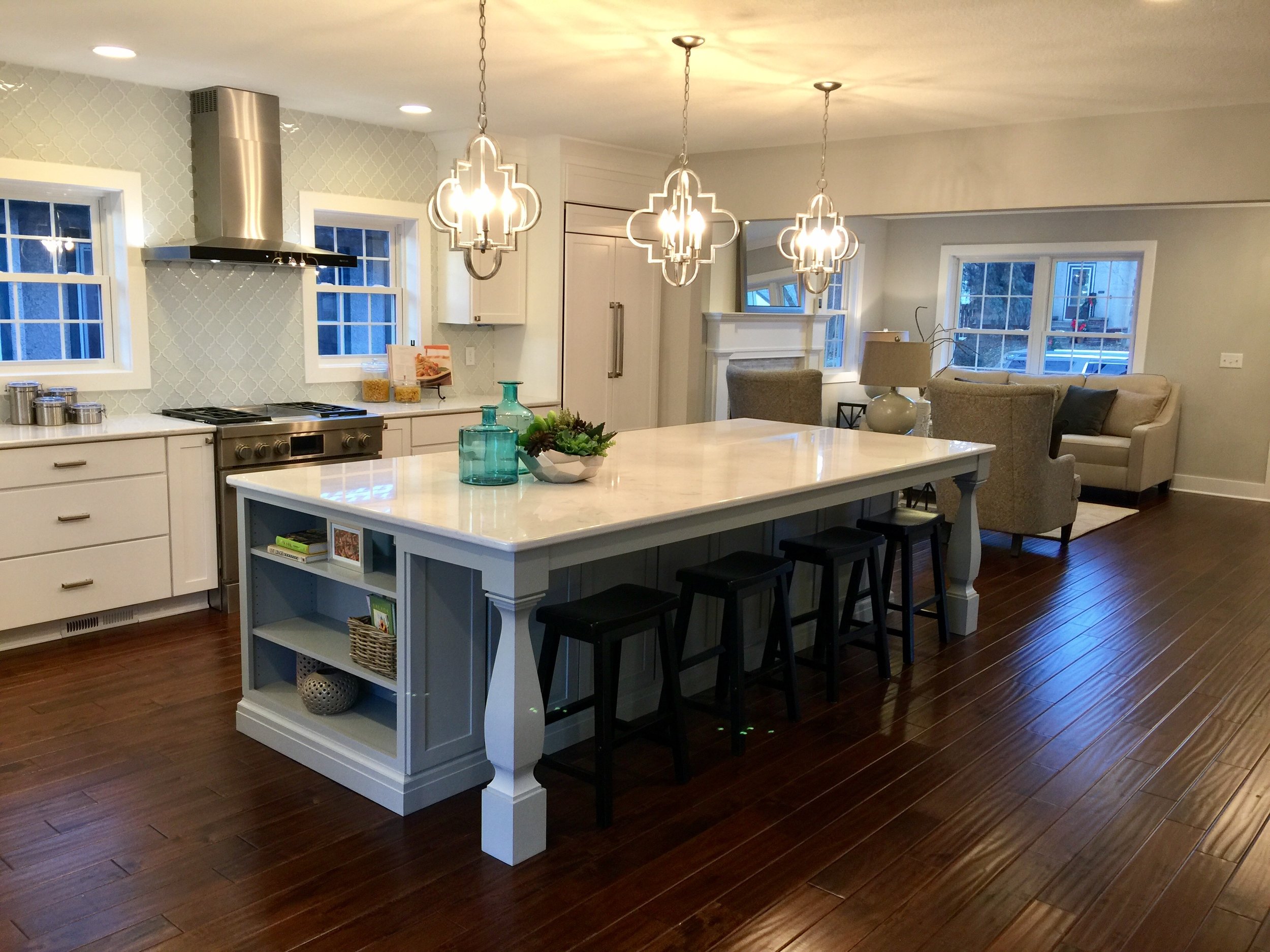
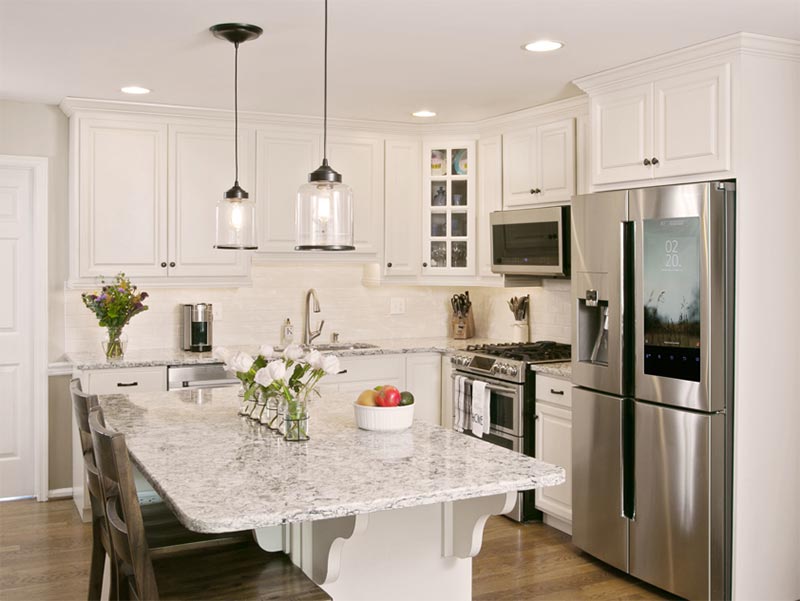
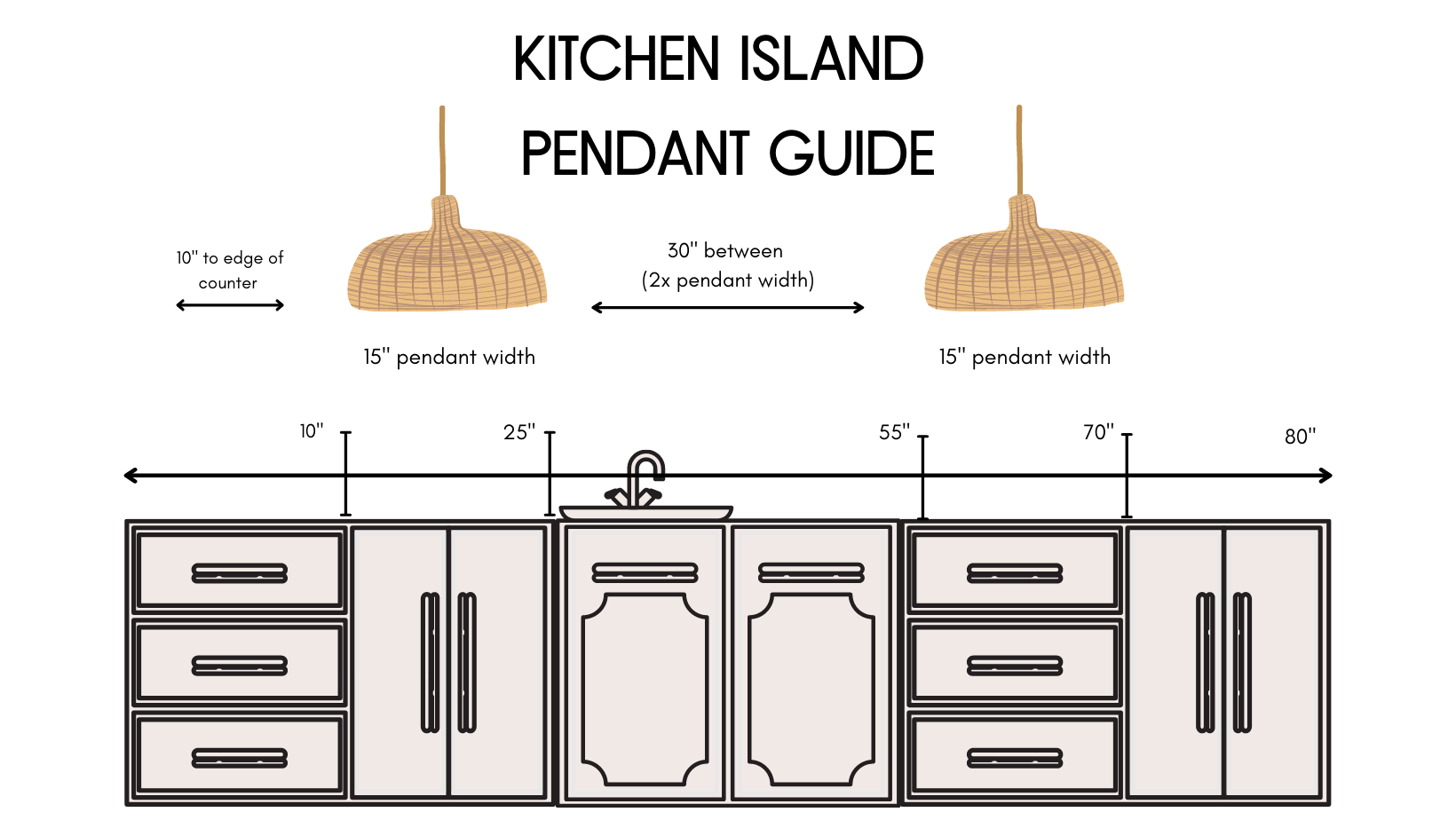

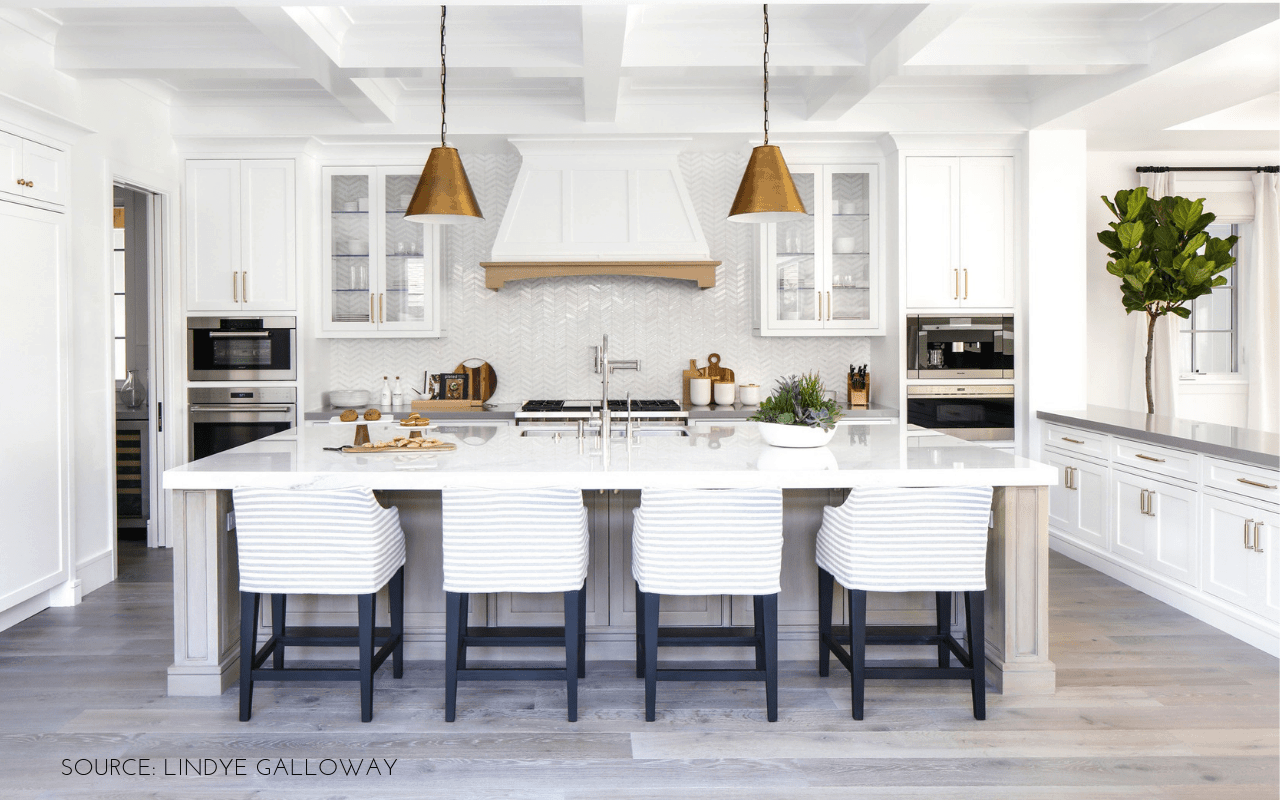

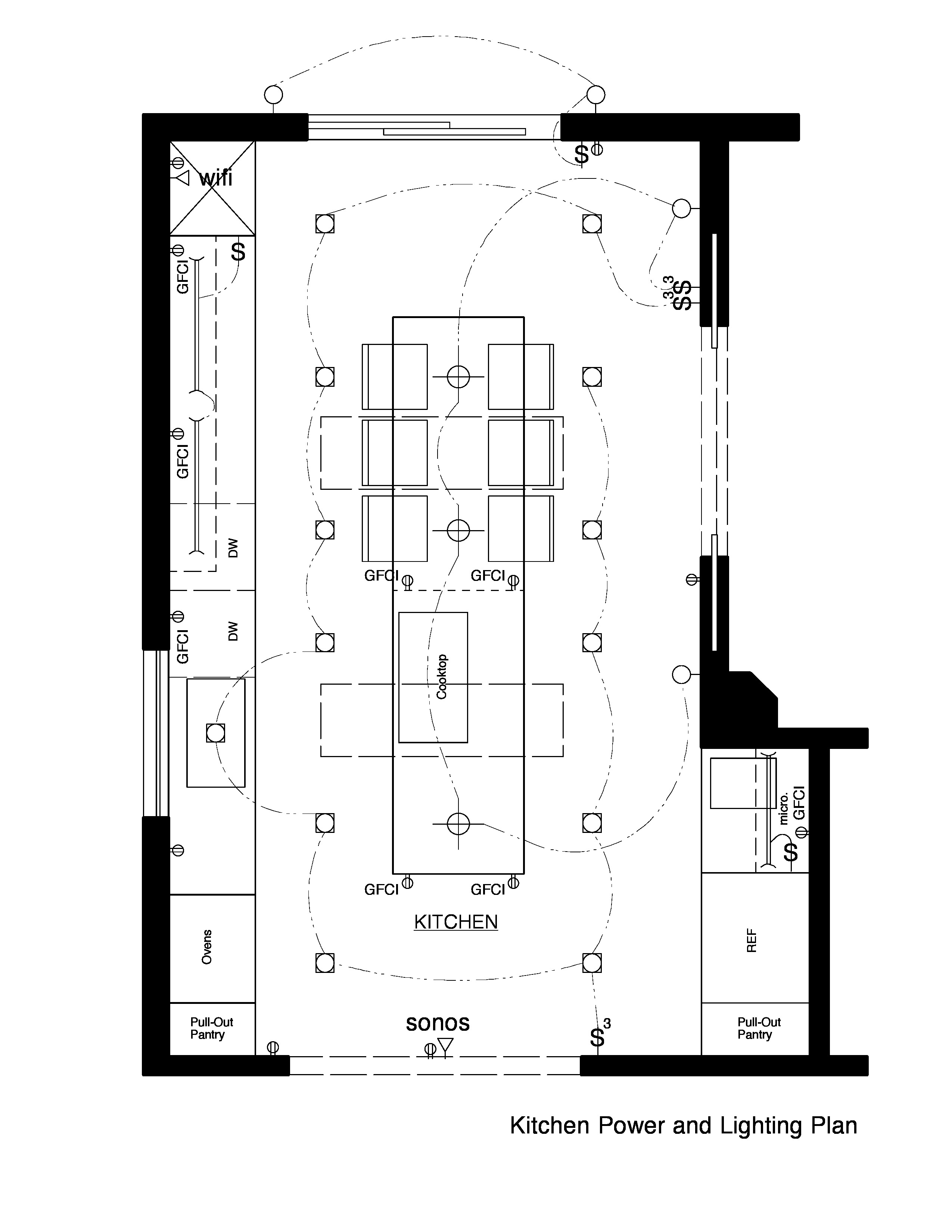


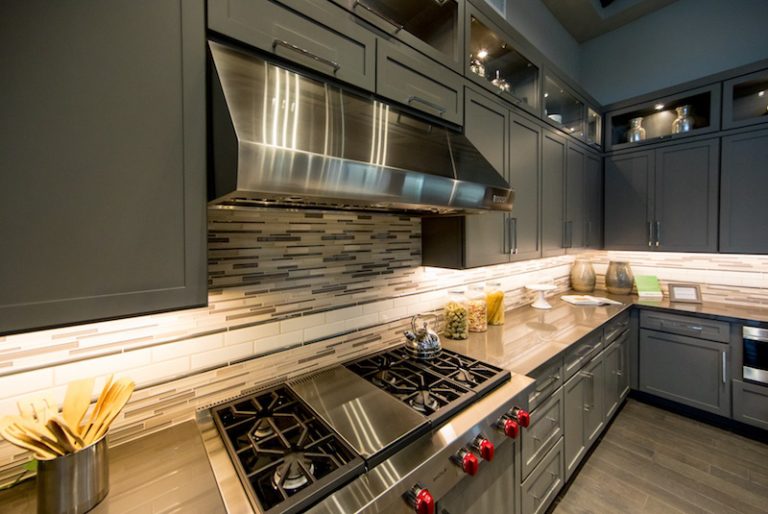




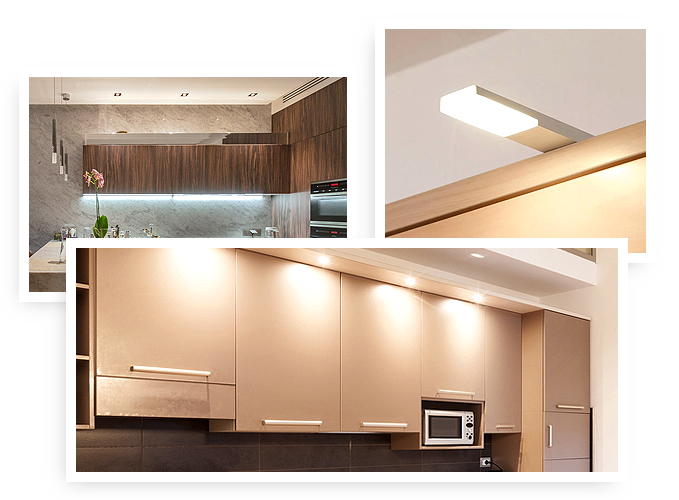

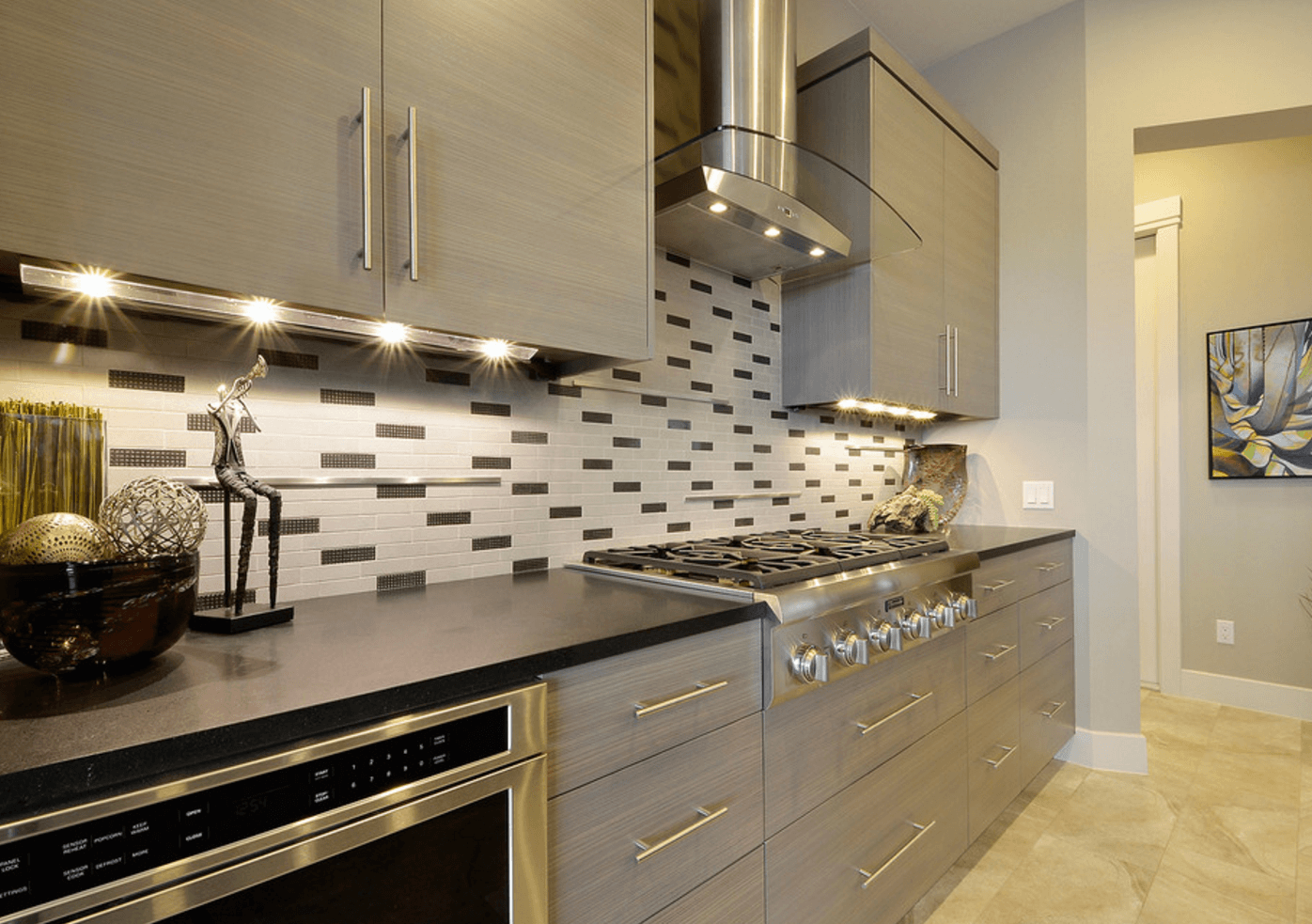
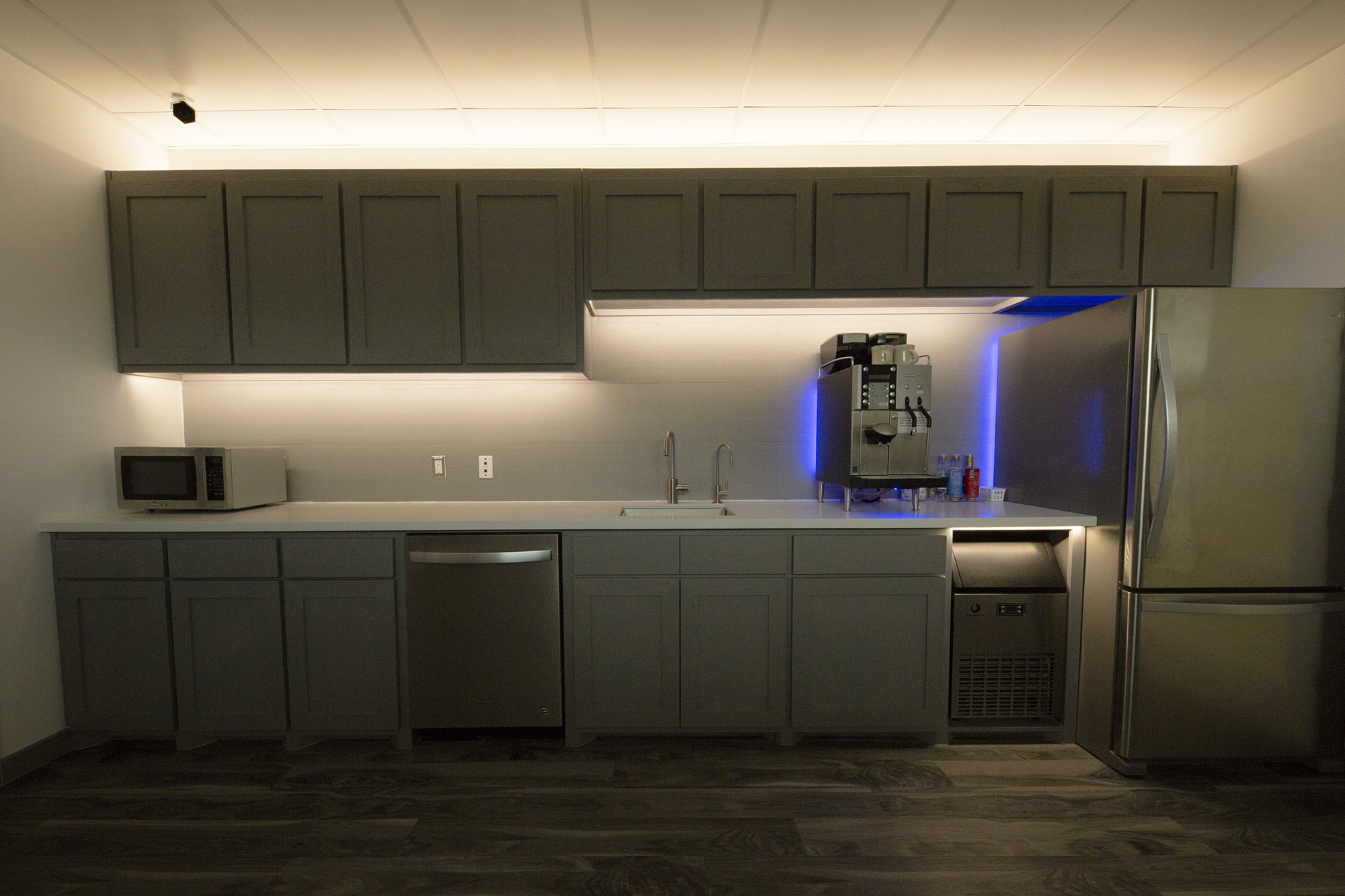
:strip_icc()/172138017_261007135718865_2809197054541721983_n-a6af3885a02f4dc1aaeb89b4214efa67.jpeg)


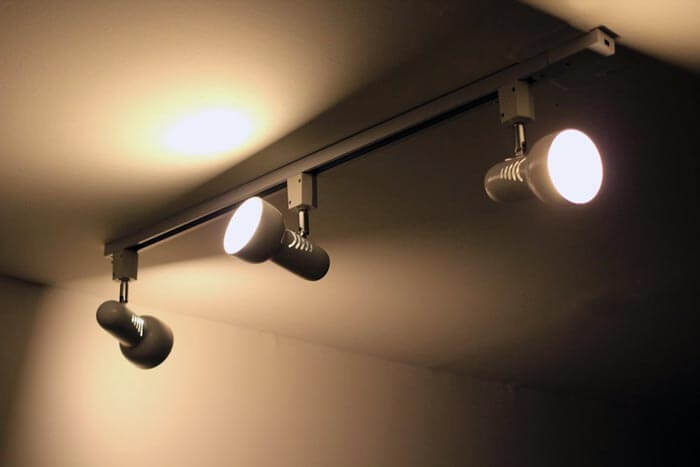

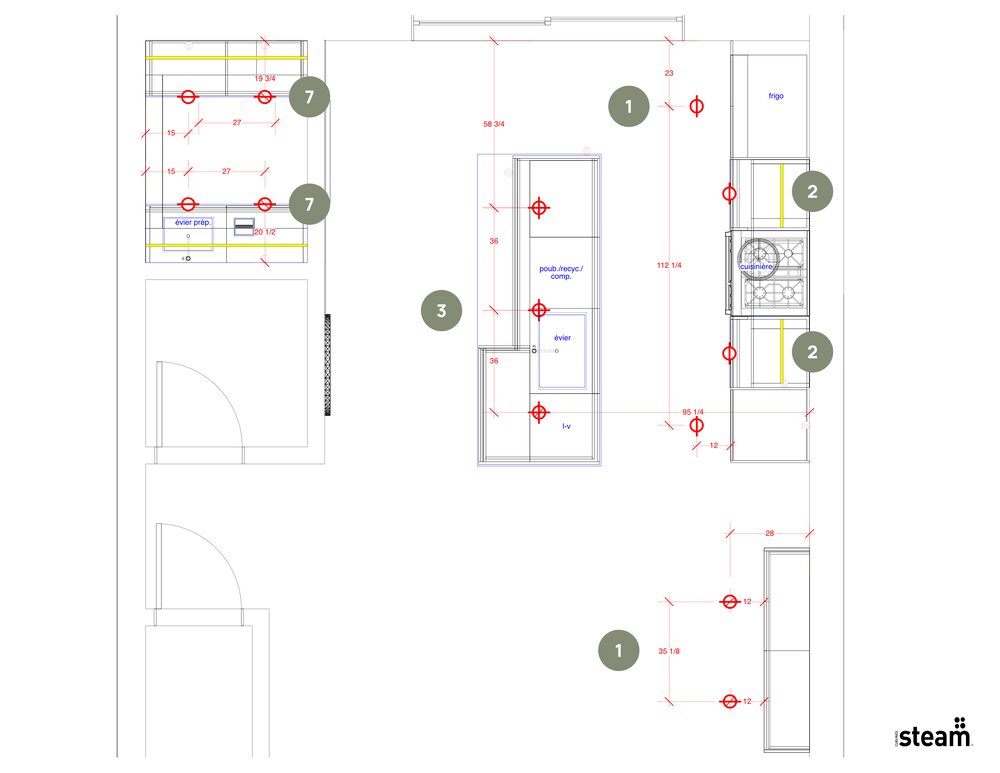




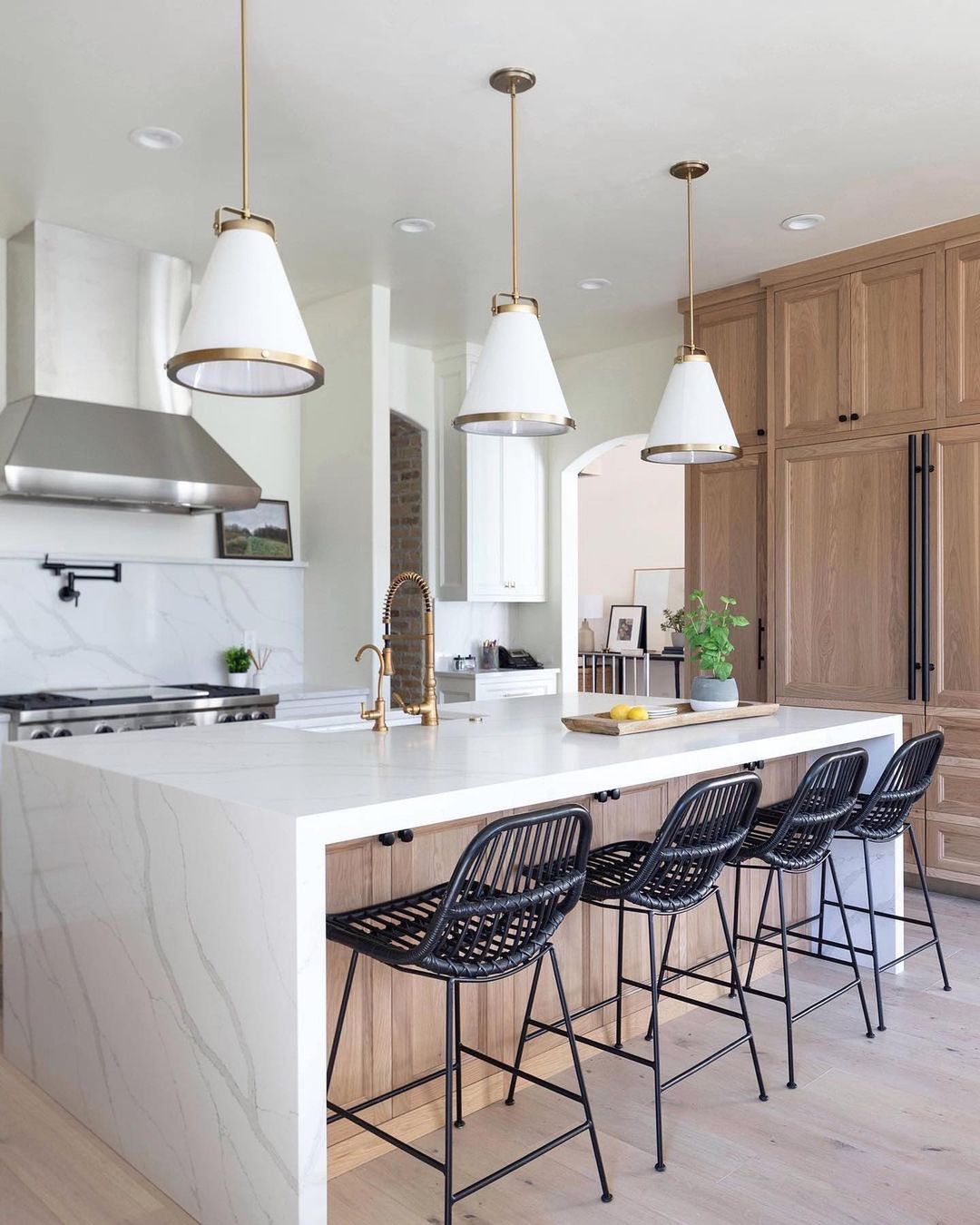


:max_bytes(150000):strip_icc()/Modern-kitchen-chandelier-4TVGHvS-a8h8WCHSsZBqR2-94728c1b59d146b8b8d01266f5ef4665.jpg)
